75 Important Children’s Books About Mental Health
This post may contain affiliate links.
If you’re facing mental health illness in your family or you know someone who is, help your children understand by reading children’s picture books, chapter books, middle grade books, and YA books about mental health with characters who have depression, OCD, bipolar disorder, PTSD, schizophrenia, or other mental illnesses.
Depression, anxiety, and bipolar disorder are just some of the mental health illnesses that we might be experiencing or know someone experiencing them.
May is the month set aside by the National Alliance on Mental Illness to raise awareness about mental health. It’s a month to fight stigma, support each other, educate others, and advocate for better mental health policies.
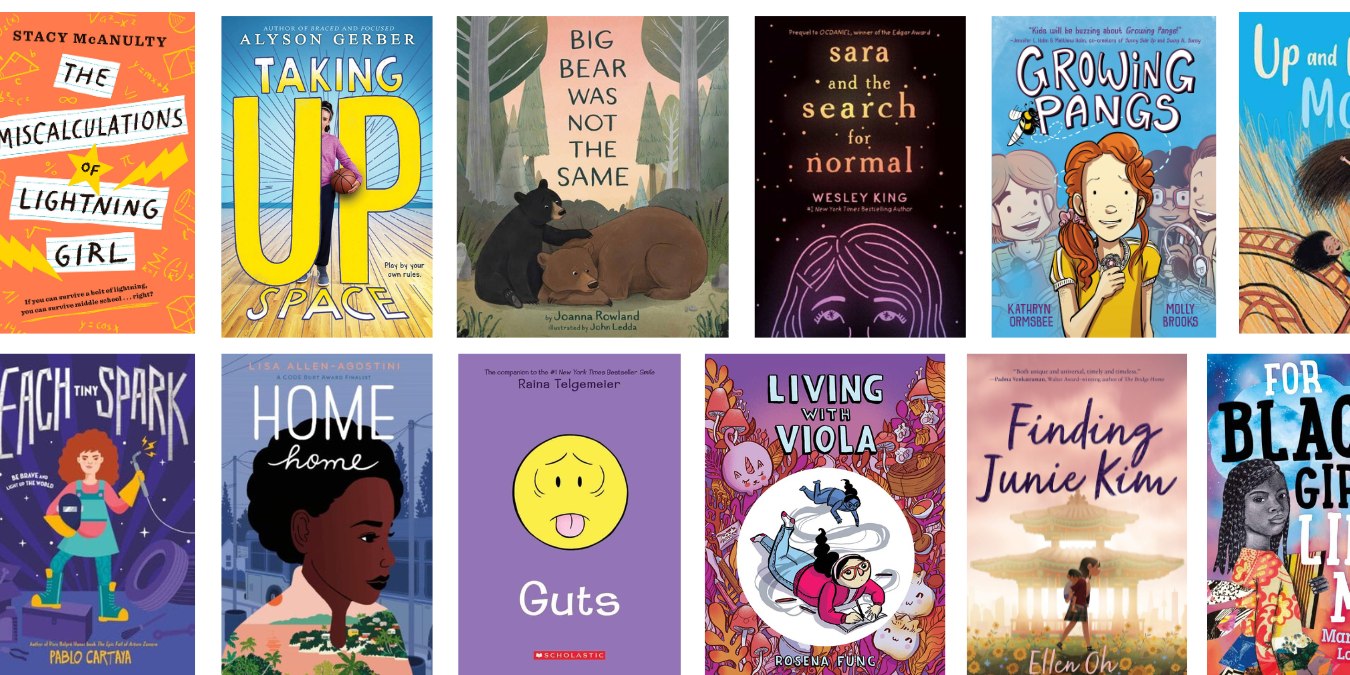
Reading books, aka. bibliotherapy, can build both understanding and empathy for yourself and others.
But watch out for books that encourage stuffing emotions — or books that label emotions as good and bad. These kinds of books are VERY harmful and unhelpful for your child’s social-emotional health. Because NO emotion is bad. All emotions are necessary for a healthy life!
I mention this warming because I see this “getting rid of so-called bad emotions” a lot with books about anxiety. NO. We should not try to banish it, get rid of it, overcome it– but instead, befriend it and show it compassion. Acceptance actually helps anxiety subside, not fighting it. I speak from experience here and if you’ve had anxiety, too– you probably know what I mean.
I have personal experience with mental health illnesses. After my first daughter was born, I had Post-Partum Depression which turned into anxiety, and I took medication for an anxiety disorder up until recently.
Additionally, my daughter has several mental illness diagnoses that I don’t have permission to share but suffice it to say, I have navigated many types of mental illnesses with family members including my daughter, and SO many kinds of therapy. And I highly recommend good therapy for everyone, including kids in childhood and adolescence, whether or not they’re struggling with mental health conditions…but especially if they are. We must prioritize mental health care!
For kids under 10, I recommend play therapy and art therapy–not cognitive therapy. After wasting lots of money, my conclusion is that cognitive therapy is not as helpful before age 9 because children don’t have the abstract thinking abilities to benefit from it as they do from play therapy. I also just don’t think cognitive behavioral therapy is as beneficial and healing as other therapies.
I also recommend, based on my own experience with healing from trauma and my kids’ experiences the following therapies: Internal Family Systems, Brainspotting, neurofeedback, and Somatic Experiencing. But every person is different, and what works for one person, their age and diagnosis, might not be right for your situation.
After researching, see if you find a therapist you and your child both like. Then, and I can’t stress this enough, SIT IN for part of a session — or an update to see how they interact together. I had the opportunity to see a therapist shame the heck out of my daughter — it was awful and cruel and totally informative in the sense that we quit the next day, and I saved my daughter from bullying and pain. I would never have found out how mean that lady was if I hadn’t seen her in action. (I wouldn’t recommend more than once doing this — because your child needs to have confidentiality and trust in the therapeutic relationship.)
I wish for you hope and want you to know that you’re not alone. Invisible diseases and conditions are not easy — but there is help out there.
I hope these books about mental health with characters experiencing mental illness will remind you that you are not alone. And show you what it’s like to walk in another’s shoes.
Children’s Books About Mental Health
Find good books about emotions and feelings here.
Table of Contents
Depression / Bipolar Disorder in Children’s Books
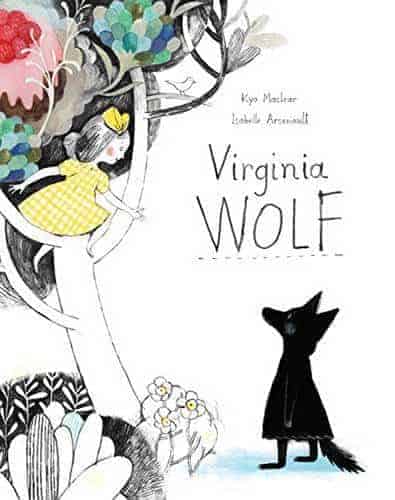
Virginia Wolf by Kyo Maclear
DEPRESSION
picture book
Narrated by Virginia’s sister, we see Virginia’s depression in the metaphor of a wolf with hope and recovery starting with her painting. Ultimately, I like the metaphor and think it’s relatable for kids.
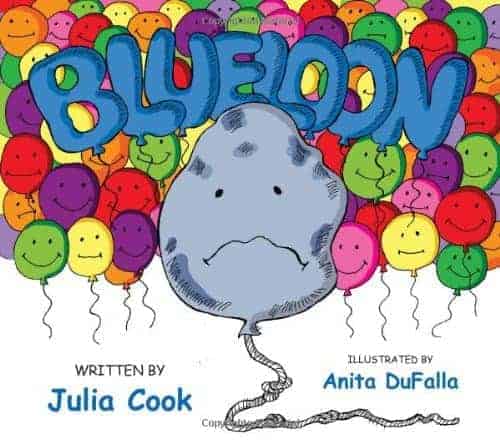
Blueloon by Julia Cook
DEPRESSION / BIPOLAR
picture book
This balloon has depression and sometimes mania and describes what it feels like to experience both.
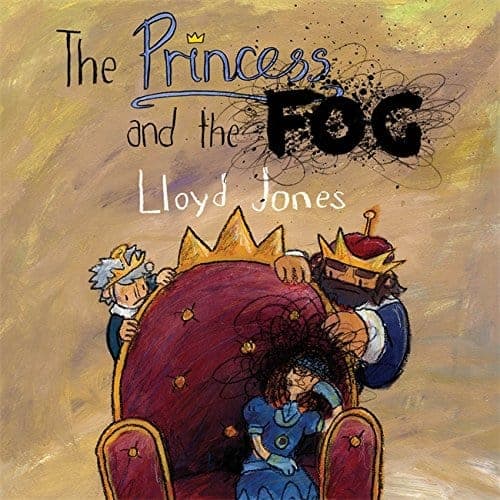
The Princess and the Fog by Lloyd Jones
DEPRESSION
picture book
Once upon a time, there lived a princess with a sad fog over her. She doesn’t want to do what she used to do or see her friends. Honestly, this is true for me — depression does feel like a fog.
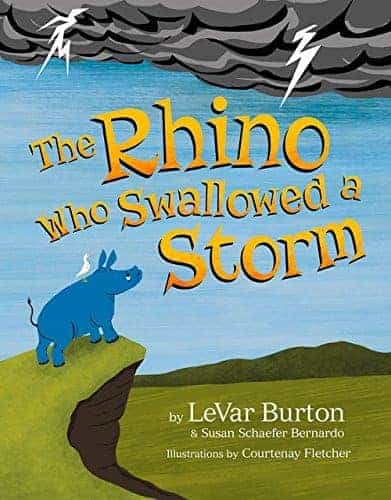
The Rhino Who Swallowed a Storm by LeVar Burton
SAD FEELINGS
picture book
This book shows how Rhino swallows his feelings instead of feeling them or talking about them and as a result, feels very sad. His friends help him learn to feel his feelings and see the happy in the world again. While not specifically about mental illness, it could be used to relate to the sadness of depression.
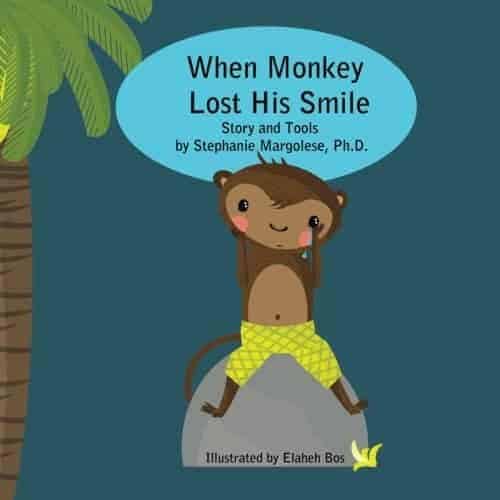
When Monkey Lost His Smile by Stephanie Margolese
SAD FEELINGS
picture book
Monkey is so sad that his special tree is gone which makes his smile go away, too. With help from friends and family, Monkey discovers how he can feel better again. Again, this book is more about feeling sad but could be used to address some kinds of depression.
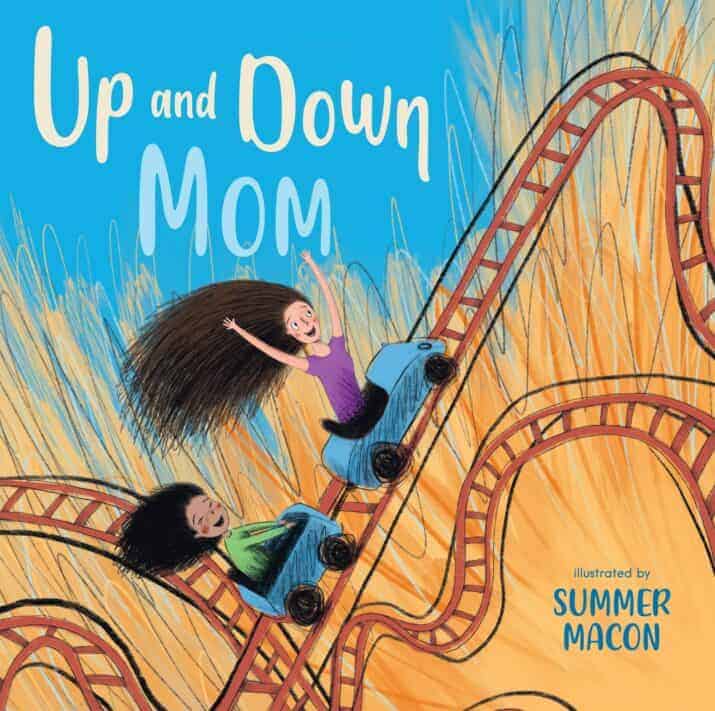 Up and Down Mom by Summer Macon
Up and Down Mom by Summer Macon
BIPOLAR DISORDER
picture book
This is the BEST book on bipolar disorder for children that I’ve read. This little girl lovingly discusses her mom’s days in bed contrasted with her mom’s days of excitement. She shares that she feels many different feelings — and how she stays with her granddad or friends when her mom has to go to the hospital. I’m impressed with how much about this disorder the story covers in kid-friendly, relatable language.
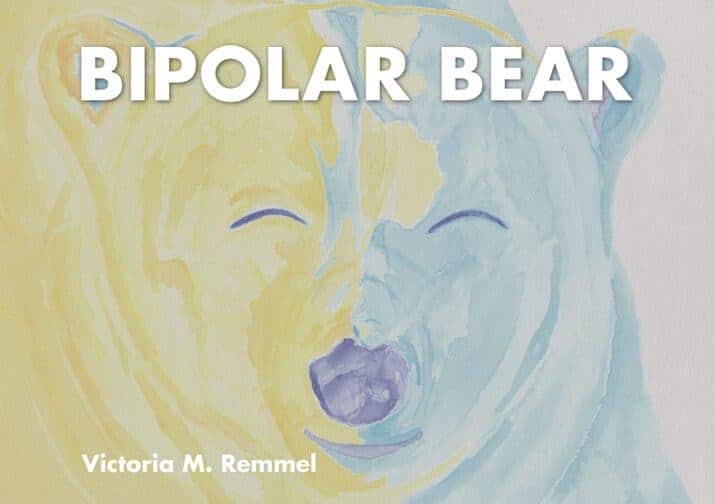
Bipolar Bear by Victoria M. Remmel
BIPOLAR DISORDER
picture book
This book provides a generalized explanation of bipolar disorder that emphasizes turning to family for support. When Polar Bear is at the North Pole, he feels on top of the world with everything intense and bright. But the South Pole makes him feel big, tired, and heavy.
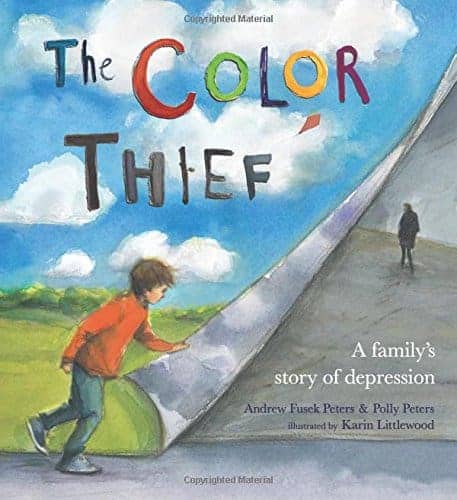
The Color Thief: a Family’s Story of Depression
DEPRESSION
picture book
A son describes what happens when his dad suffers from depression.
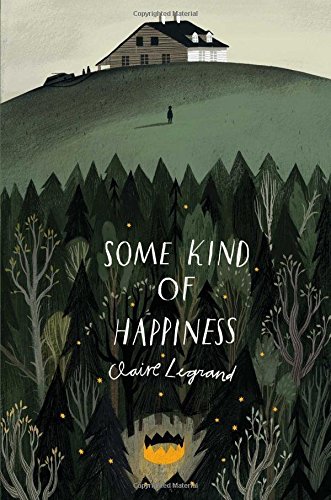 Some Kind of Happiness by Claire Legrand
Some Kind of Happiness by Claire Legrand
DEPRESSION
middle grade book, ages 8 – 12
This is an amazing, beautiful chapter book about facing your feelings, even big, huge depression. It’s also a story that mixes the allegory of an imaginary kingdom named Everwood, a place Finley has written about forever but now finds in the back of her grandparent’s house, with the hope and healing that only pretend play can offer children. This is also a mystery story — what happened to make Finley’s father leave and never return? and why does Finley’s grandma hate the neighbors so much? Some Kind of Happiness is multi-layered, thought-provoking, and exquisite that addresses the big topics of divorce, secrets, and depression.
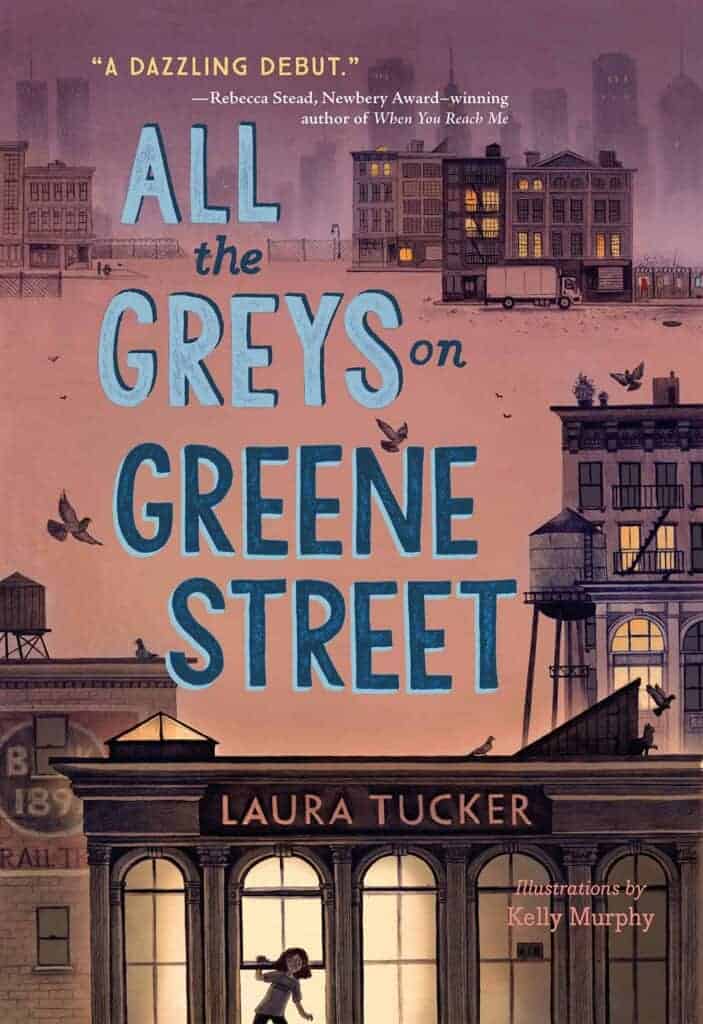
All the Greys on Greene Street by Laura Tucker, illustrations by Kelly Murphy
DEPRESSION
middle grade book, ages 8 – 12
Art and color are fundamental to this story about a young artist named Olympia, daughter of two artists. After her dad mysteriously disappears and her mom’s depression confines her to bed, Olympia bravely tries to hide her home situation from adults while investigating her father’s location. Fortunately, her friends love Olympia so much that they are willing to make her mad and tell adults so that Olympia’s mom can get help. It’s a portrait of friends who are family and the different growing-up challenges that come when you have a parent who is struggling with the mental illness of depression.
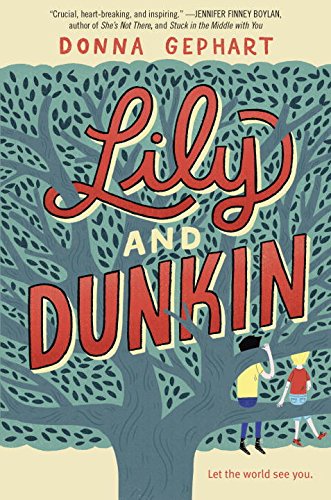
Lily and Dunkin by Donna Gephart
BIPOLAR
middle grade book, ages 8 – 12
This is a story that is packed with issues about growing up differently. Dunkin has bipolar disorder and feels better when he’s off his meds which leads to a spiral into mania. His sort-of friend, Lily, is born with boy parts but feels like a girl, and while her mother and sister have accepted her as Lily, her dad still calls her Tim and wants him to be a boy. This is their story as these two individuals struggle to find themselves amidst big challenges, including one with a mental illness.
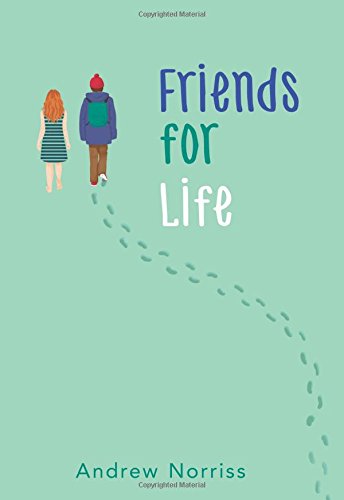
Friends for Life by Andrew Norriss
DEPRESSION / SUICIDE
middle grade book, ages 10+
Jessica is a ghost who only Francis can see until two other outcast kids can see Jessica. The four friends spend happy times together until they decide to figure out how Jessica died. When they discover it was a suicide, the friends each reveal their struggles with suicidal thoughts. The conclusion is very heart-warming with the message that we often all feel alone, but that we really aren’t if so many others feel the same way, too.
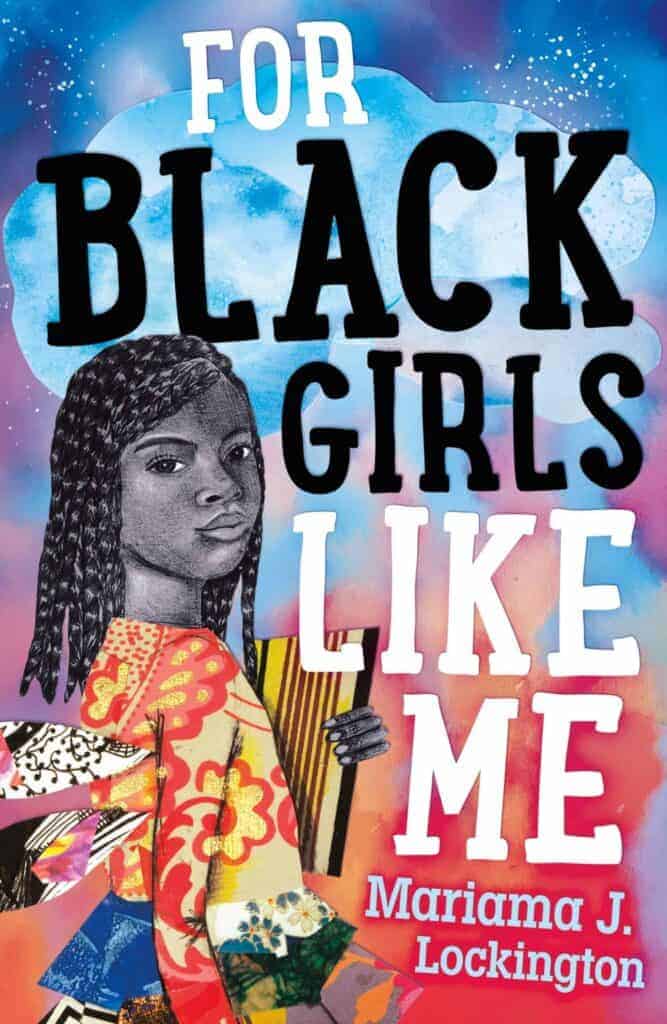
For Black Girls Like Me by Mariama J. Lockington
BIPOLAR DISORDER
middle grade book, ages 9 – 12
Just like the author’s own experience as an adoptee (#ownvoices), it’s hard for Makeda to be a black adopted girl in a white family that she loves but doesn’t feel like she fits– or is even seen. But there are even more challenges for Makeda these days, starting with being the little sister to a newly-distant teenager, moving to a new town away from her BFF, having parents who constantly fight, and watching her mom’s mental health deteriorate and blaming herself. (Adults will recognize the signs of bipolar disorder.) After her mom’s mania takes them on a trip to Colorado which abruptly nose dives into severe depression and a suicide attempt, Makeda reaches out for help. Don’t miss this insightful, honest story — it makes you think deeply and will stay with you long after the last page.
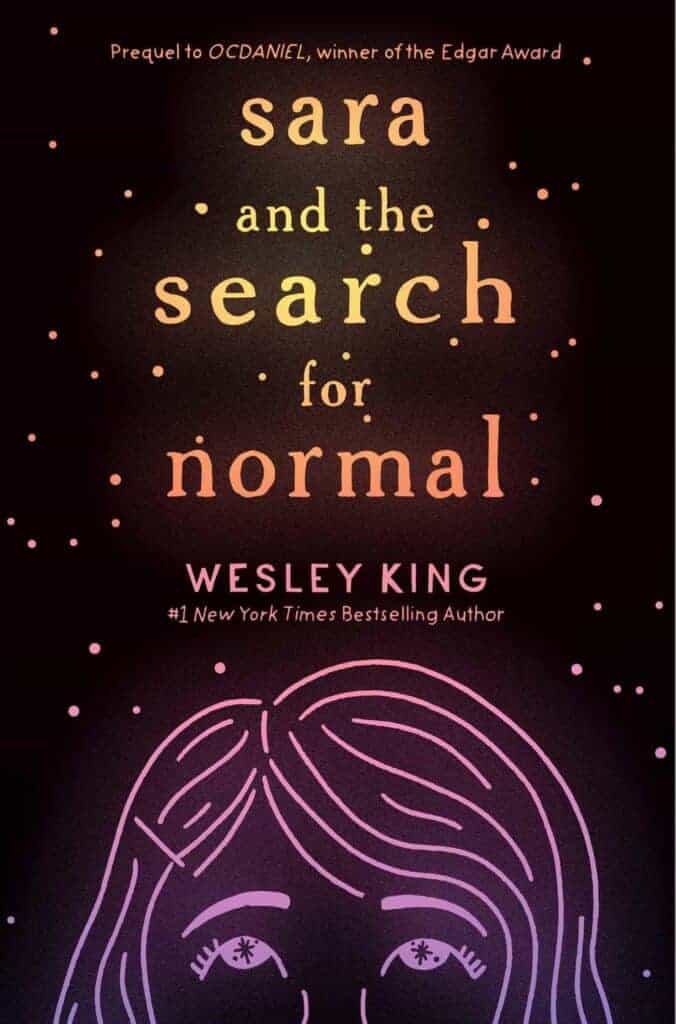
Sara and the Search for Normal by Wesley King
BIPOLAR, OCD, DEPRESSION, ANXIETY, AND SCHIZOPHRENIA
middle grade book, ages 9 – 12
Sara wants to be cured of her mental illnesses and be “normal” like other kids, so she makes rules for herself. Among other diagnoses, Sara is bipolar and hates her out-of-control brain. Meanwhile, she begins group therapy, where she makes a friend; a friend who is covered in hidden bruises. Sara and Erin think of themselves as Star Children, kids with alien DNA. It’s profoundly sad to witness Sara’s self-loathing yet her still hoping for a better tomorrow. Sara realizes she wants to change her inner dialogue and accept herself. For readers, it’s a valuable opportunity to peek inside Sara’s mind and see how painful it is to have an invisible disease. It won’t make you think like her but it will give you compassion.
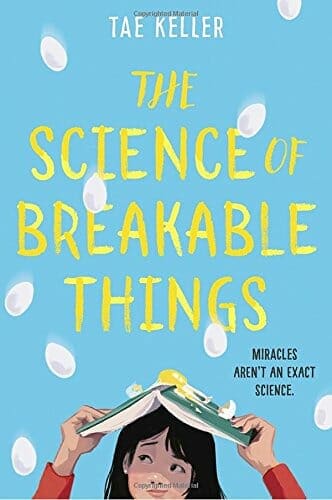
Science of Breakable Things by Tae Keller
DEPRESSION
middle grade book, ages 9 – 12
This children’s middle grade book about mental health touched my heart so deeply. Natalie wants to figure out how to help her mother, who we gather is depressed (in her bed all day long, no longer working, clues like that, …). As Natalie prepares for an egg drop contest with two other kids, she looks at her mother’s situation with the same scientific process zeal. Her ultimate plan is to win the contest then use the money to whisk her mother away on a special trip to see the amazing Cobalt Blue Orchids. Throughout the story, we see her friendships develop as well as her understanding of life as not an exact science. It’s a well-done, compassionate look at depression.
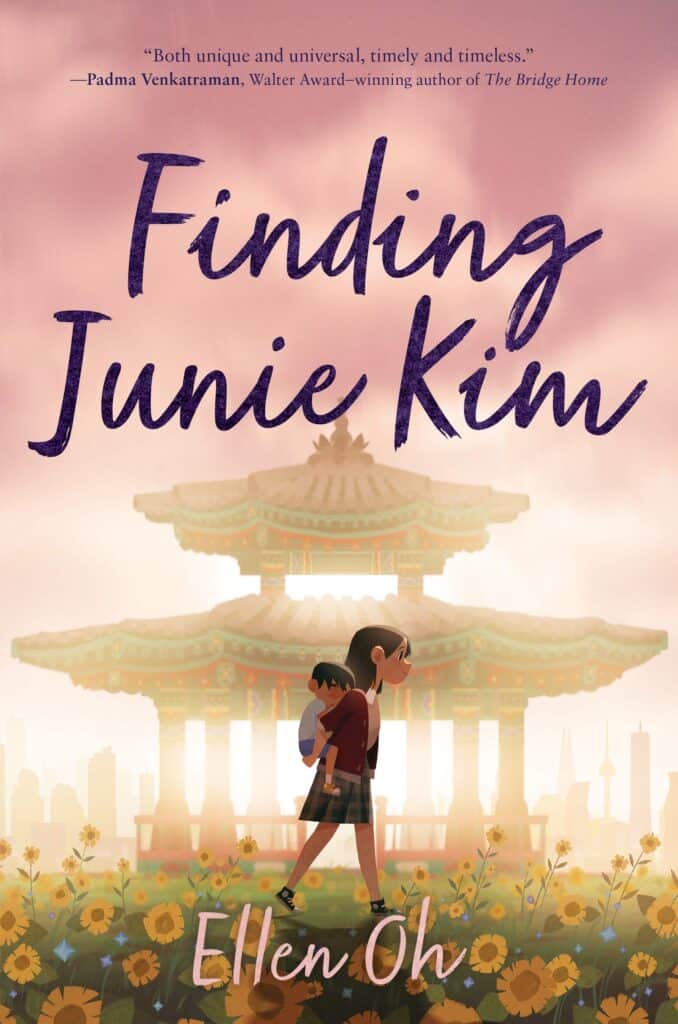 Finding Junie Kim by Ellen Oh
Finding Junie Kim by Ellen Oh
DEPRESSION
middle grade book, ages 10+
This incredible book packs a big punch because it sensitively and truthfully addresses depression, racism, family relationships, friendship, and strength to stand up against injustice as well as recounts the Korean War from the perspectives of two children, Junie’s grandparents. In the present day, Junie faces bullying and microaggressions, then her friends drop her for being too negative. Her sadness and fatigue lead to suicidal thoughts then medication and therapy. Even more helpful are Junie’s interviews with her grandparents, immigrants from South Korea who faced their war-filled childhood hardships with determination and courage. Her grandpa’s story helps Junie find her strength, helping her see that silence against injustice is complicity and that being a good friend is important. Moving, important, and beautiful. *SENSITIVE READERS: This book includes suicidal thoughts, the violence of war, and a couple of bad words.
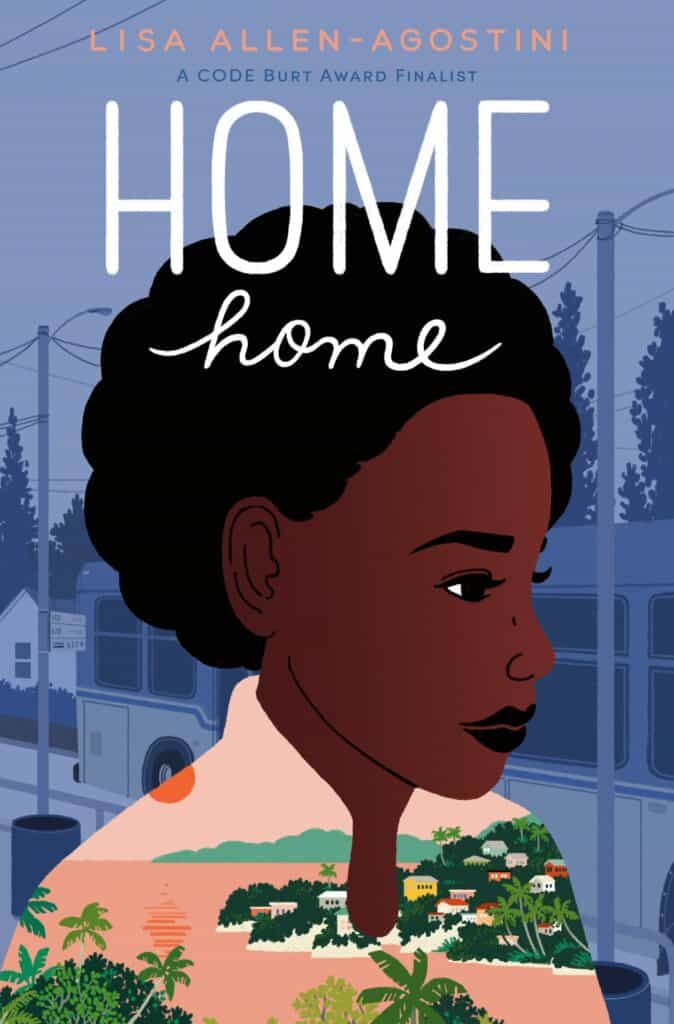
Home Home by Lisa Allen-Agostini
DEPRESSION
YA book, ages 13+
Kayla’s moved from Trinidad to Canada with her aunt after a depressive episode and suicide attempt. She’s experiencing debilitating anxiety and self-loathing, making trips to the mall or a restaurant almost impossible. Her aunt and her aunt’s girlfriend are very understanding and patient which makes a huge difference in Kayla’s recovery. In therapy and her journal, she writes about the difficult relationship she has with her mother, who wants her to be smart and pretty, not sick. It also helps when she befriends a good-natured boy named Josh who understands mental illness and depression. His understanding, along with her aunts’ loving acceptance, helps Kayla come to terms with her mental illness. Her story feels honest, relatable, and important.
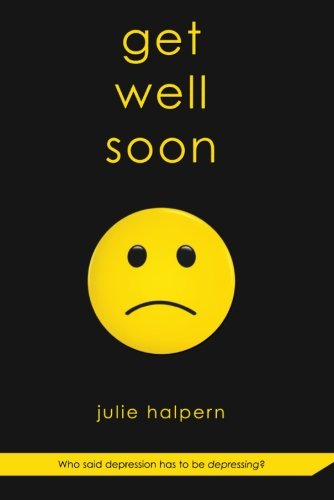
Get Well Soon by Will this remind you of “Girl, Interrupted?”
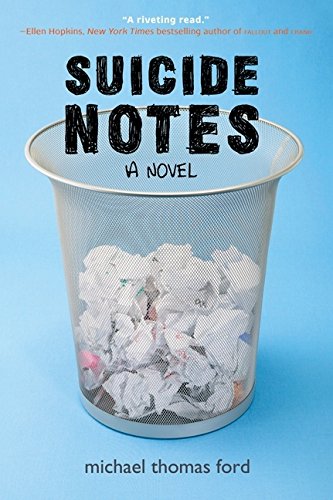
Suicide Notes by Michael Thomas Ford
DEPRESSION
YA book, ages 13+
Jeff’s in a psychiatric ward after a suicide attempt and is in total denial about his suicide and his sexuality. I haven’t read this book personally.
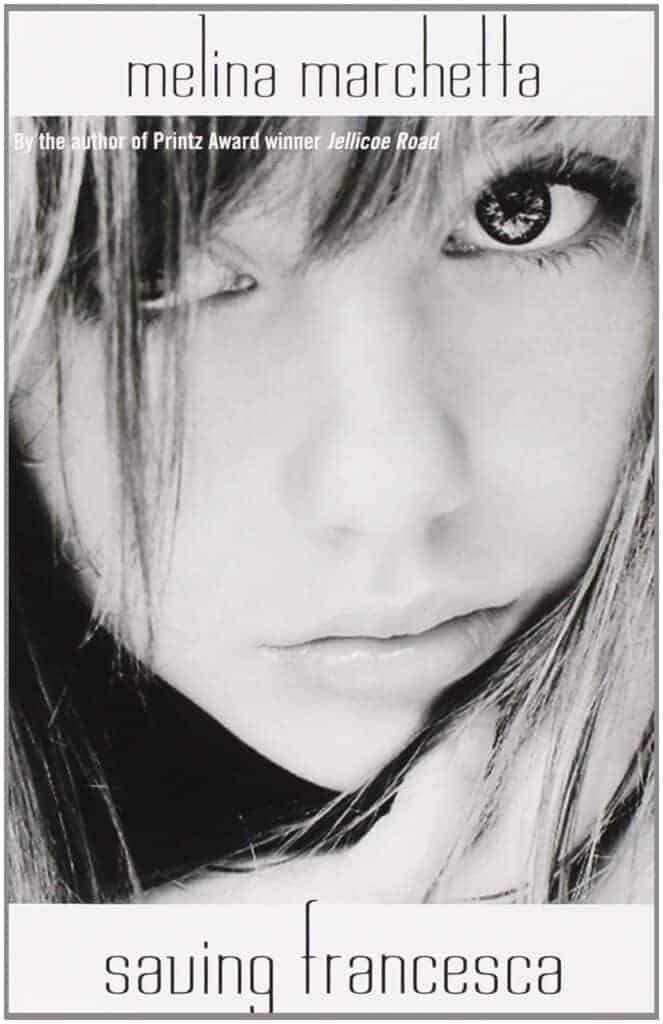
Saving Francesca by Marlina Marchetta
DEPRESSION
YA book, ages 13+
Francesca’s mom is suffering from acute depression, and Francesca feels lost without her mom, especially as she struggles with a new school, friendship challenges, and facing her big feelings.
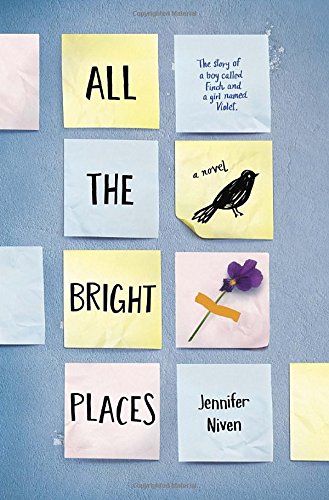
All the Bright Places by Jennifer Niven
DEPRESSION
YA book, ages 13+
Teens Theodore and Violet meet on the edge of the school’s bell tower. Neither jump. Afterward, the two slowly become friends. Reviewers say this book contains heartache, grief, love, and hope. I didn’t make it through the book, it was hard to read for me.
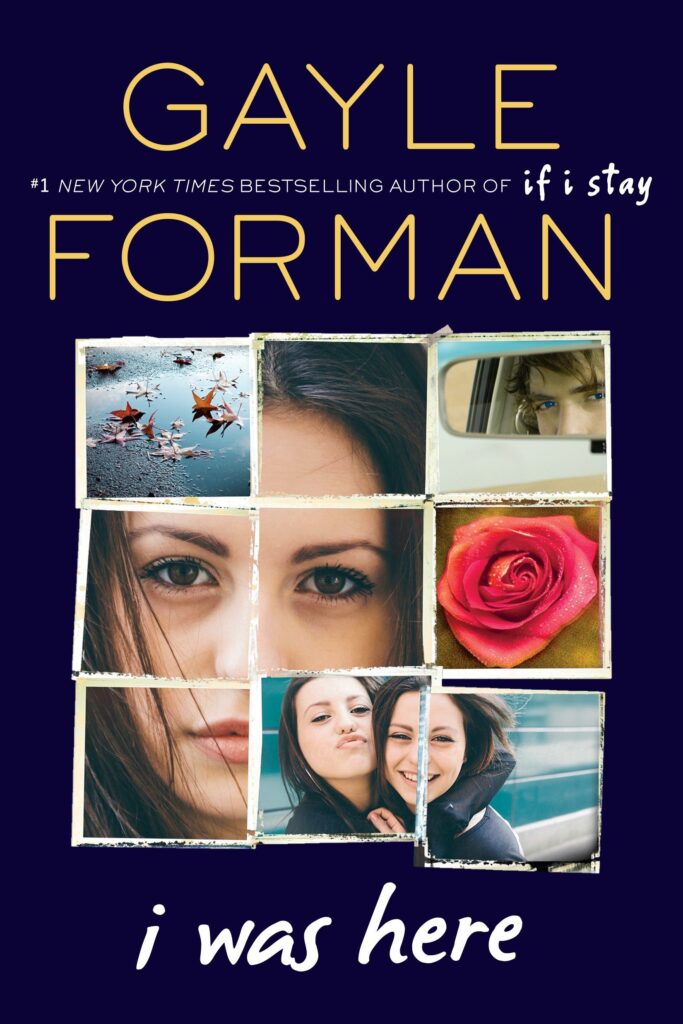
I Was Here by Gayle Forman
DEPRESSION / SUICIDE
YA book, ages 13+
Cody is devastated after her best friend commits suicide. She learns that Meg hadn’t told her a lot about her new college life. After Cody joins a suicide support group, she discovers she needs to forgive both Meg and herself. I didn’t read this because of my triggers with suicide.
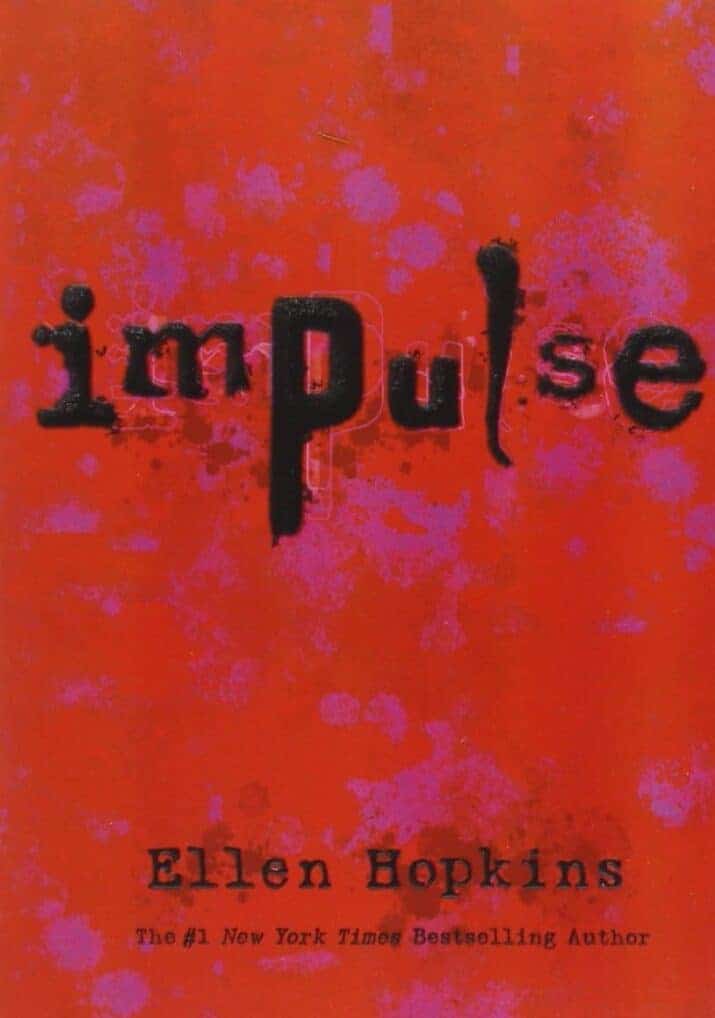
Impulse by Ellen Hopkins
BIPOLAR / DEPRESSION / SUICIDE
YA book, ages 13+
Hopkins writes gritty, honest novels in verse. This is the story of three teens at Aspen Springs, a mental hospital for kids who have attempted suicide, and is the first of two books. It’s intense and emotional.
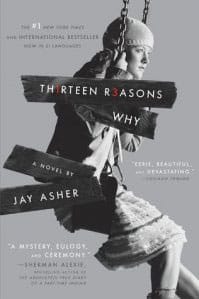
Thirteen Reasons Why by Jay Asher
SUICIDE
YA book, ages 13+
I HATE this book! I really do. But I’ll tell you about it anyway so you can avoid it if you agree with me… Hannah wants Clay to feel guilty for her suicide, so she leaves him audio tapes about her pain, blaming everyone for her actions. Having had a suicide in my own family, I believe that we all are responsible for our decisions, including suicide. This book focused more on blaming others and therefore wasn’t for me. (Also would add that his book wasn’t about depression or mental illness as much as trauma.)
Anxiety in Children’s Books
There are not a lot of really good children’s books that talk about anxiety — the diagnosed, severe mental health kind of anxiety. However, there are books about worries, so that’s a decent place to start, I suppose. Below you’ll find picture books and middle-grade books that talk about worries, but it’s not really until middle grade and young adult ages that books more accurately deal with debilitating anxiety and OCD. (Complete Anxiety Book List.)
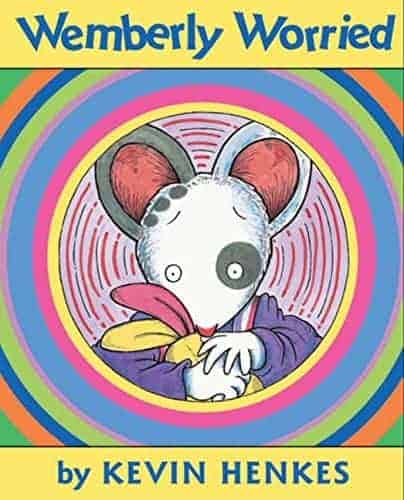 Wemberly Worried by Kevin Henkes
Wemberly Worried by Kevin Henkes
WORRY
picture book
Wemberly worries about many things, especially starting school. While this only touches on anxiety, it’s a reassuring story that sometimes things we worry about turn out just fine.
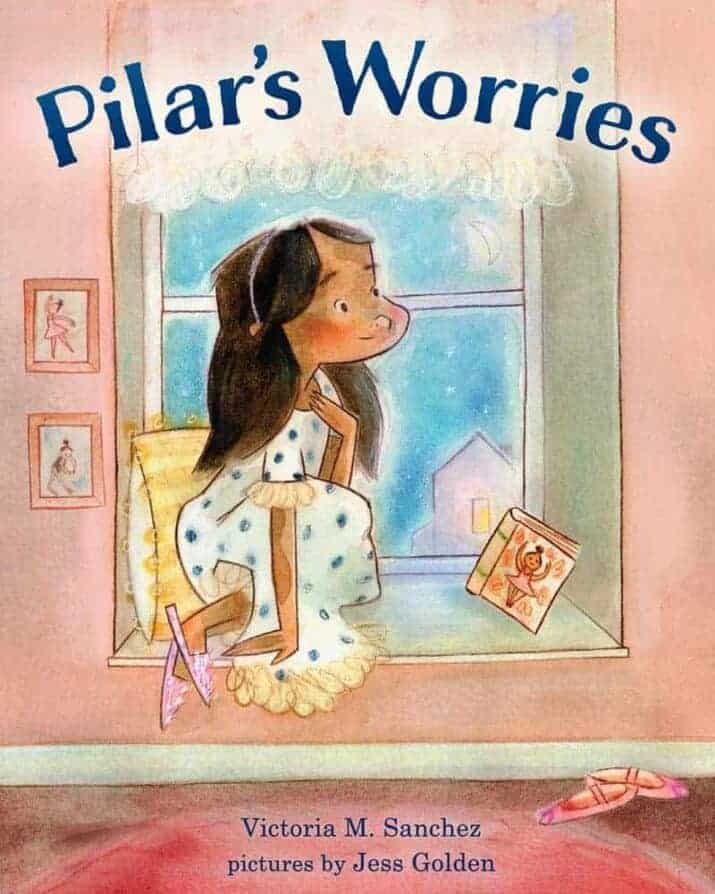
Pilar’s Worries by Victoria M. Sanchez, illustrated by Jess Golden
ANXIETY
picture book
This story about a girl named Pilar shows a child experiencing anxiety — and what she does about it. She notices the sensations in her body, like her heart beating fast and her legs prickling. She has strategies that help — breathing and saying, “I can do it.” It’s not overly complex but may show kids that they’re not alone and that anxiety can get better.
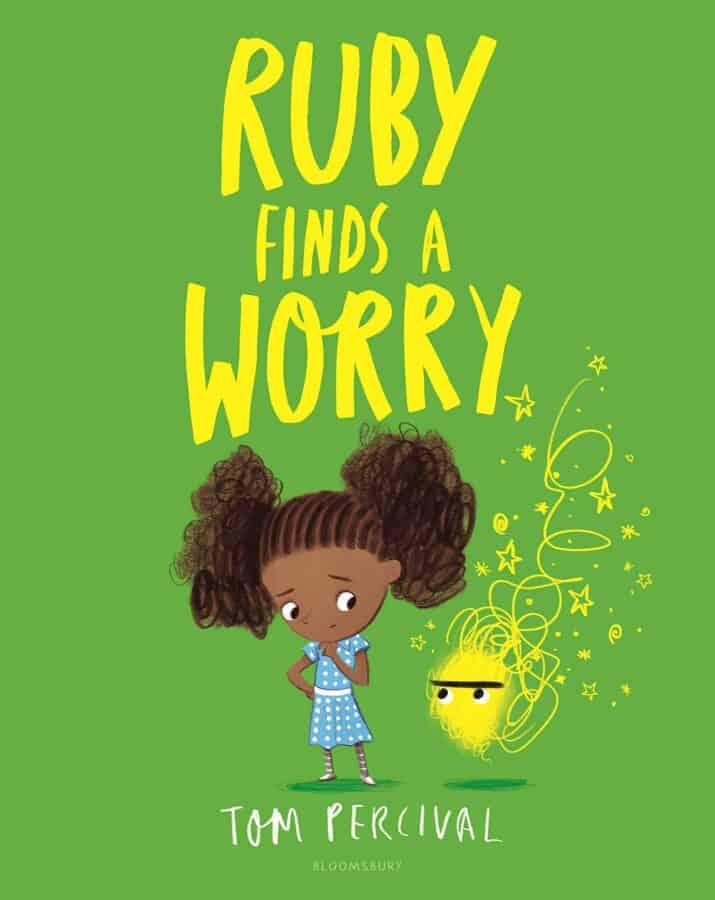
Ruby Finds a Worry by Tom Percival
WORRY
picture book
I don’t like this book, and I’ll tell you why I think it’s harmful thinking. Ruby discovers a yellow blob Worry who grows and grows and won’t leave her alone even brushing her teeth and at school. The Worry stops Ruby from doing things she loves, becoming enormous and all-consuming. When she sees a boy with his own blue Worry, she realizes that other people have Worries, too — this part I can get behind. What I DISAGREE WITH 100% is that is shames kids saying that Ruby did the worst thing she could do, talk to her worry. That is an absolutely outdated kind of thinking and sets kids up for shame. Not recommended.
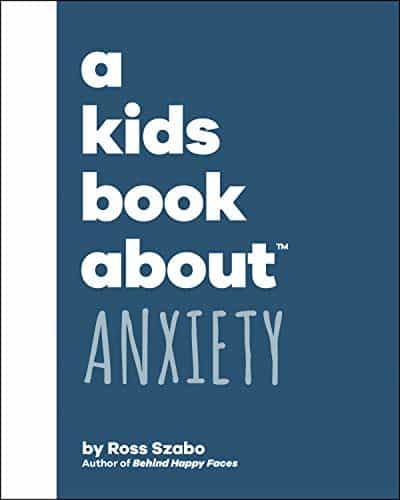
A Kids Book About Anxiety by Ross Szabo
ANXIETY
picture book
Szabo differentiates between the feelings of anxiety and nervousness. He explains how he feels when he has anxiety. “Anxiety is an uncontrollable feeling that stops you from doing what you normally do.” After this, Szabo retells the story of feeling anxiety and trying strategies he learned from a counselor like deep breathes, focusing on a spot to block out other things, and leaving the situation. “I’m learning how to identify when it happens and what to do to slow it down.“
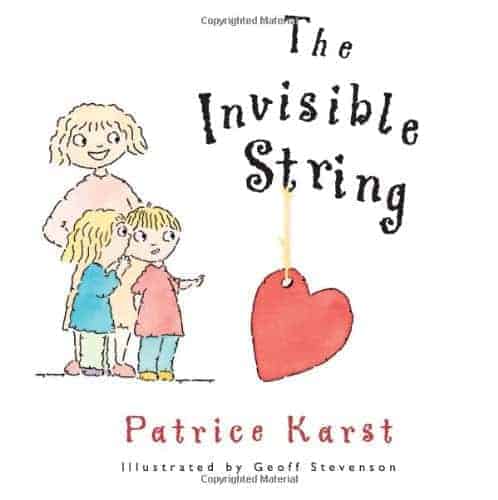 The Invisible String by Patrice Karst, illustrated by Geoff Stevenson
The Invisible String by Patrice Karst, illustrated by Geoff Stevenson
SEPARATION WORRIES
picture book
The Invisible String is a string that extends from your heart to the heart of people who love you so we are never alone. This children’s book is meant to be a warm hug for young kids who are worried about being away from parents or caregivers.
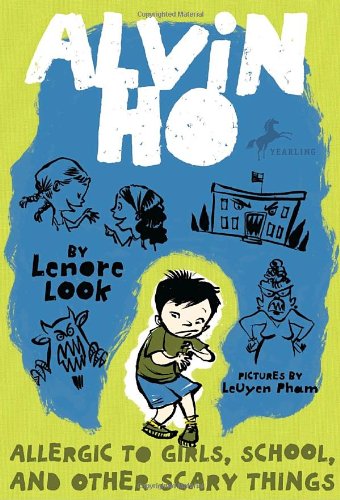 Allergic to Girls, School, and Other Scary Things by Lenore Look
Allergic to Girls, School, and Other Scary Things by Lenore Look
FEAR / ANXIETY
chapter book, ages 7 – 10
Second-grader, Alvin Ho, is afraid of everything, especially school. At school he’s quiet, but at home, he’s Firecracker Man, superhero. A decent read about dealing with fears.
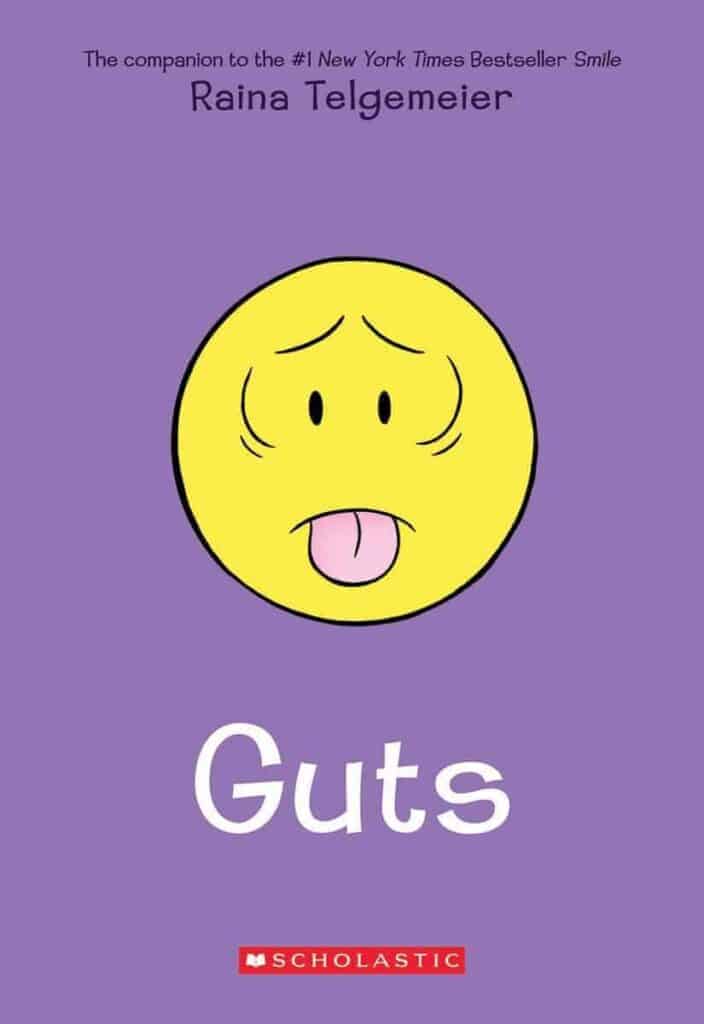
Guts by Raina Telgemeier
ANXIETY
middle grade book, ages 8 – 12
Raina shares her own life story, how in elementary school, her fears and anxieties led to terrible stomach aches, days of missed school, and time in therapy. Guts sensitively delves into the mind-body connection, showing therapy in a positive light. I wholeheartedly appreciate that the story shows a kind counselor who gives Raina helpful strategies. My daughter and I both love when Raina bravely presents to her class a strategy she learned in therapy — deep breathing.
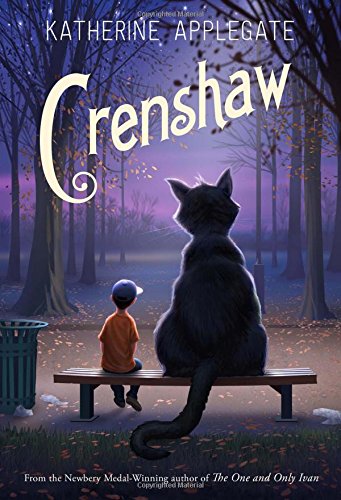
Crenshaw by Katherine Applegate
ANXIETY
middle grade book, ages 8 – 12
After losing their home and living in their van for 3 months, the family is now about to lose their apartment. Although Jackson’s parents don’t tell him this, he knows the signs. He knows why they’re having a yard sale. He knows it’s not his dad’s fault for having MS but he’s mad and worried and alone. It isn’t until Crenshaw shows up and pushes Jackson to speak the truth to his parents that Jackson learns that he’s not facing this big fear and situation alone. Oh, and who is Crenshaw? He’s Jackson’s large, imaginary cat friend from when he was little returned to help Jackson in his time of need. I felt like it was a God metaphor. I wonder what you’ll think?
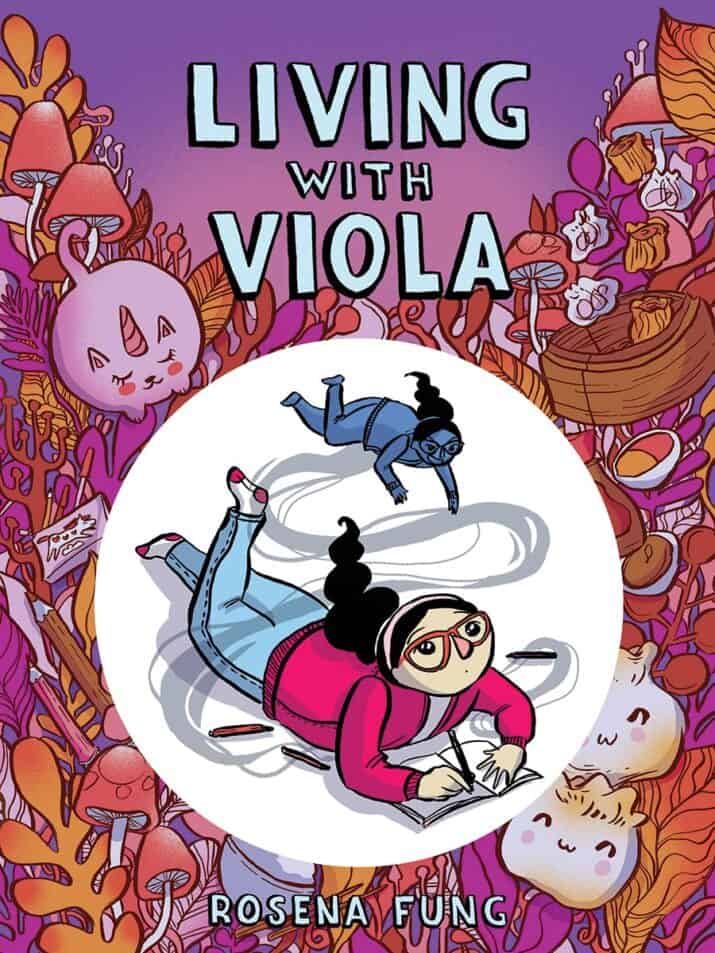
Living with Viola by Rosena Fung
ANXIETY
middle grade books, ages 9 – 12
Viola is Livy’s anxiety personified. Viola is loud and says mean things and doesn’t believe in Liv’s capacity. Fung masterfully lets us live inside Livy’s mind so we can understand what it’s like to have anxiety disorder and just how strong and loud that voice is. Livy’s family are Chinese immigrants in Canada and she feels a lot of pressure from her extended family about being an exceptional student and good daughter. Then with friendship struggles on top of her family concerns, Viola’s voice is stronger than ever. Livy finally tells her parents and gets a diagnosis and support. Moving, profound, and empathy-building — I highly recommend this story; it’s one of the best stories about anxiety that I’ve read.
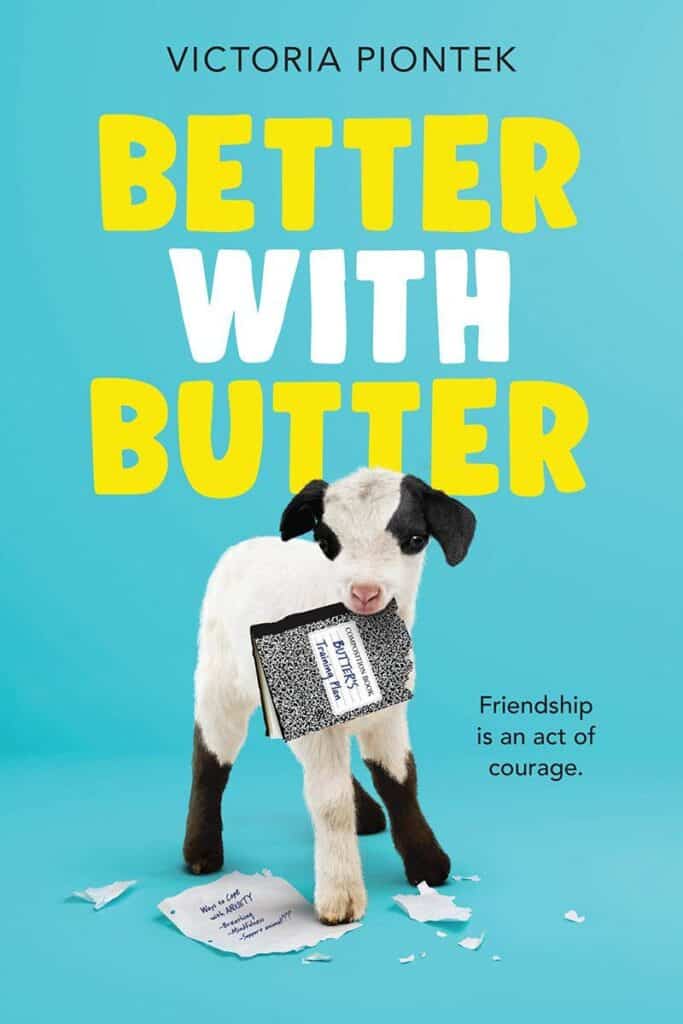
Better With Butter by Victoria Piontek
ANXIETY
middle grade book, ages 9 – 12
Marvel’s anxiety makes school feel impossible — especially after freezing on stage during a required full-class participation event. Walking home from school, she finds a dirty, garbage-eating goat being teased by a group of boys. Surprising herself with newfound bravery, Marvel yells at the boys and takes the fainting goat named Butter home with her. Her parents reluctantly allow Marvel to keep Butter but require her to look for the owner. When they’re together, Marvel feels the noises in her head diminish and relies on Butter as her emotional support animal. But Marvel is devastated when Butter’s owner claims her. The sadness she feels about losing Butter helps her find support in group therapy. Finding new coping skills from her time with Butter, she gets a full-circle, perfect ending.
**Be sure to read Victoria Piontek’s essay, “What Animals Taught Me About Managing Anxiety.“

Sara and the Search for Normal by Wesley King
BIPOLAR, OCD, DEPRESSION, ANXIETY, AND SCHIZOPHRENIA
middle grade book, ages 9 – 12
Sara wants to be cured of her mental illnesses and be “normal” like other kids so she makes rules for herself. Among other diagnoses, Sara is bipolar for which she blames herself. She hates her out-of-control brain and feels like nobody can help. Meanwhile she begins group therapy where she makes a friend; a friend who is covered in hidden bruises. Sara and Erin think of themselves as Star Children, kids alien DNA. It’s profoundly sad to witness Sara’s self loathing yet her still hoping for a better tomorrow. Sara begins to realize she wants to change her inner dialogue and accept herself. For readers, it’s a valuable opportunity to peek inside Sara’s mind and see how painful it is to have an invisible disease. It won’t make you think like her but will give you compassion.
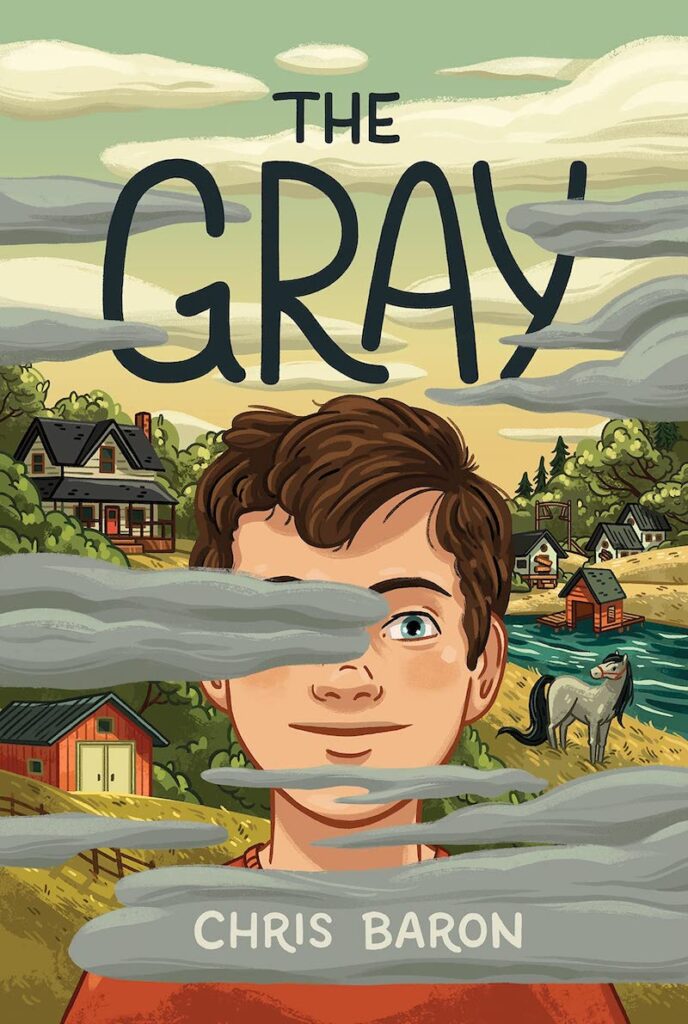
The Gray by Chris Baron
ANXIETY
middle grade book, ages 8 – 12
Chris Baron packs a lot of meaningful themes and topics into this hopeful, complex story about mental health, abuse, death, Jewish wisdom, friendship, bullying, and family. Sasha is a Jewish boy with severe anxiety, “the Gray” who is staying at his aunt’s for the summer. He’s bullied by a group of small-town kids but hires the town’s outcast, a kid named Eli, as his bodyguard. Sasha practices his strategies for the Gray, spends time with his aunt and his two friends, and learns Krav Maga. Then, Sasha risks a trip to the Gray when he searches for his missing friend Eli on horseback. This is a hopeful, complicated story about self-love and acceptance.
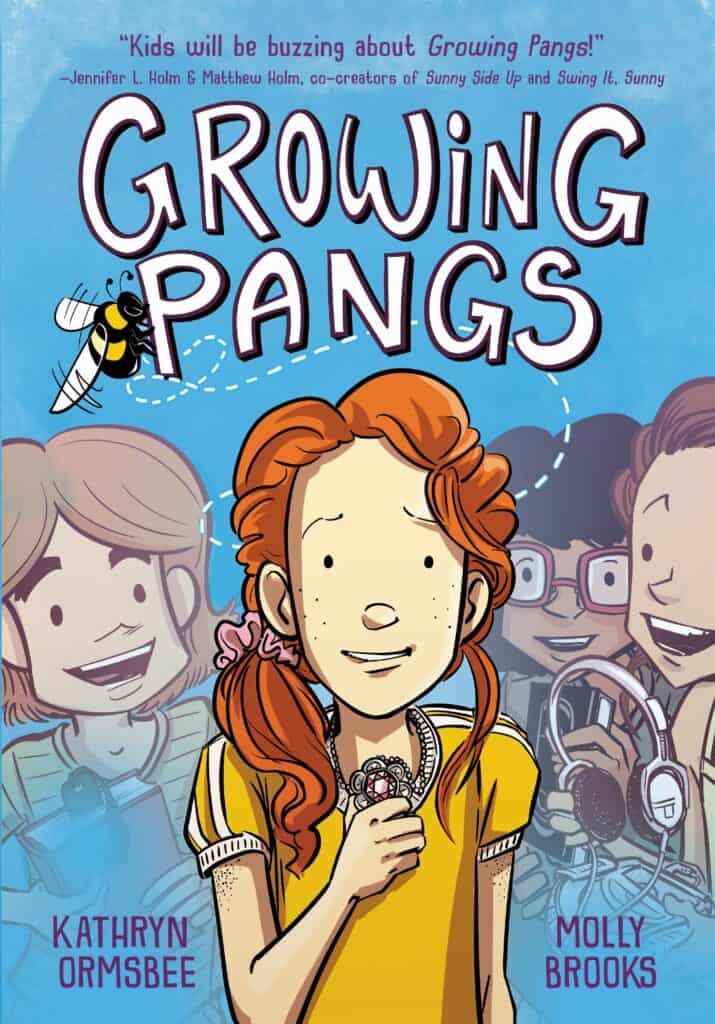
Growing Pangs by Kathryn Ormsbee, illustrated by Molly Brooks
OCD
middle grade book, ages 9 – 12
Katie’s a bit different than other kids being homeschooled with crooked teeth and red hair but she knows that doesn’t matter because she has a best friend forever named Kacey. Until they start camp and Katie makes a new friend and Kacey gets jealous. But what’s even harder is the secret Katie’s hiding from everyone — she’s having buzzing thoughts that tell her to do repetitive things and they’re getting worse. During the next school year, Katie and Kacey’s friendship deteriorates even more because Katie continues to make new friends and try new things like theater. Eventually, Katie tells her parents about the buzzing and they get her help for what she learns are obsessive-compulsive thoughts. I love this story– the author (and illustrator) skillfully show realistic friendship changes and the challenges of a mental health issue.
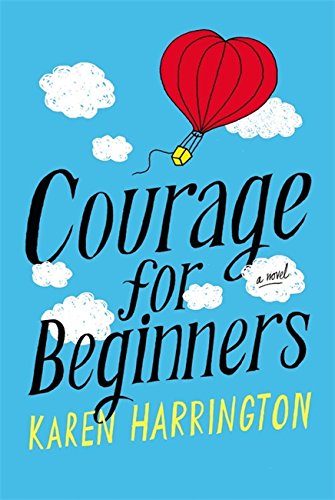
Courage for Beginners by Karen Harrington
AGORAPHOBIA
YA book about mental health, ages 13+
Mysti’s mom is too scared to leave the house (agoraphobia) and her dad is in the hospital. How will they get any food? Not to mention, Mysti’s only friend pressures her not to talk to him at school.
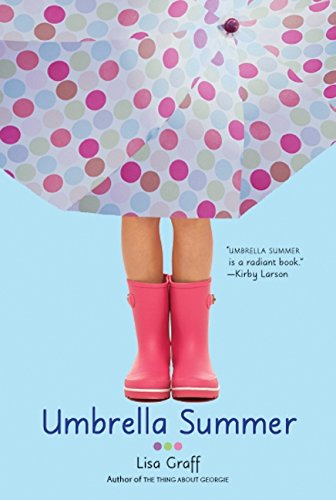
Umbrella Summer by Lisa Graff
ANXIETY & DEPRESSION
YA chapter book, ages 13+
Annie is worried about everything and gives up some of her activities just to be sure things will be okay. With help from friends, Annie finds her way out of anxiety and sadness.

Home Home by Lisa Allen-Agostini
ANXIETY
YA book, ages 13+
Kayla’s moved from Trinidad to Canada with her aunt after a depressive episode and suicide attempt. She’s experiencing debilitating anxiety and self-loathing, making trips to the mall or a restaurant almost impossible. Her aunt and her aunt’s girlfriend are very understanding and patient which makes a huge difference in Kayla’s recovery. In therapy and her journal, she writes about the difficult relationship she has with her mother who wants her to be smart and pretty, not sick. It also helps when she befriends a good-natured boy named Josh who understands depression. His understanding, along with her aunts’ loving acceptance, helps Kayla come to terms with her illness. Her story feels honest, relatable, and important.
OCD (Obsessive Compulsive Disorder) in Children’s Books
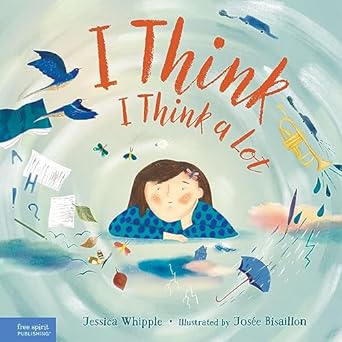
I Think I Think a Lot by Jessica Whipple, illustrated by Josee Bisaillon
OCD
This girl thinks a lot about being good enough. She compares herself to other kids and worries she’s not a good enough friend, or will make a mistake, or uses too many words. She doesn’t like when her thinking turns into worries. But one thing she likes about thinking a lot about is being kind and doing good work. Back matter shares more about OCD and includes discussion questions.
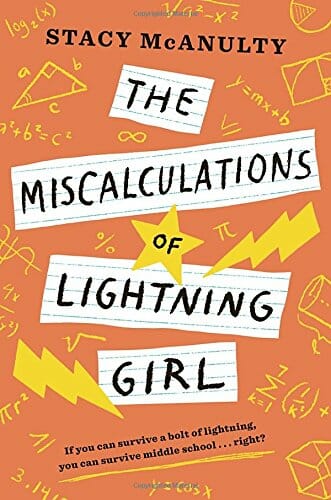
The Miscalculations of Lightning Girl by Stacy McAnulty
OCD
middle grade book, ages 9 – 12
Wow, do I love this book! The Miscalculations of Lightning Girl is a thoughtful coming-of-age story about a girl genius with OCD whose grandma wants her to go to public middle school to make one friend, read one non-math book, and join one school activity. Surprisingly, Lucy does find friends and more than that, too. I love this well-written, heart-warming story!
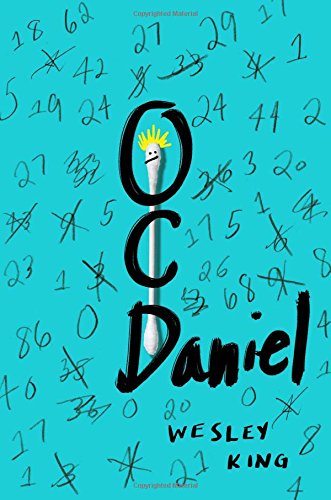
OCDaniel by Wesley King
OCD
middle grade book, ages 8 – 12
13-year old Daniel is dealing with growing up, OCD, and a possible murder mystery in this new coming-of-age adventure.
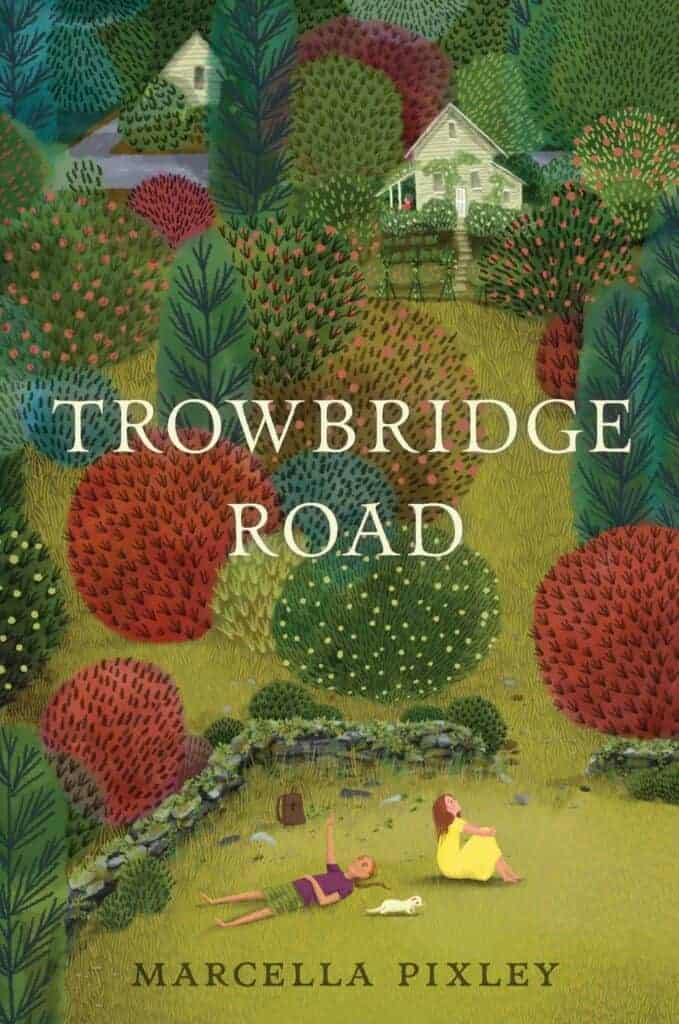
Trowbridge Road by Marcella Pixley
OCD / GERMOPHOBIA
middle grade book, ages 9 – 12
Heartbreakingly sad, this is a beautiful story of misfit friends set in the 1980s. Both are lost and emotionally abandoned children who become friends when Ziggy’s abandoned at his grandmother’s house the neighborhood. June Bug’s mom suffers from severe mental disorders including fear of germs ever since June Bug’s dad died of AIDS. She doesn’t get out of bed, she doesn’t cook, and she’s obsessive about cleanliness. June Bug is starving because there’s no food in the house but she doesn’t want to tell anyone, even her uncle. Luckily, Ziggy’s Nana Jean notices and offers June Bug love, food, and safety. deeply connected to these survivor kids. The friends’ imaginary world helps them deal with the neighborhood bullies and family troubles. It’s a complex story with friendship, love, and redemption despite the pain of abandonment and the effects of mental illness.
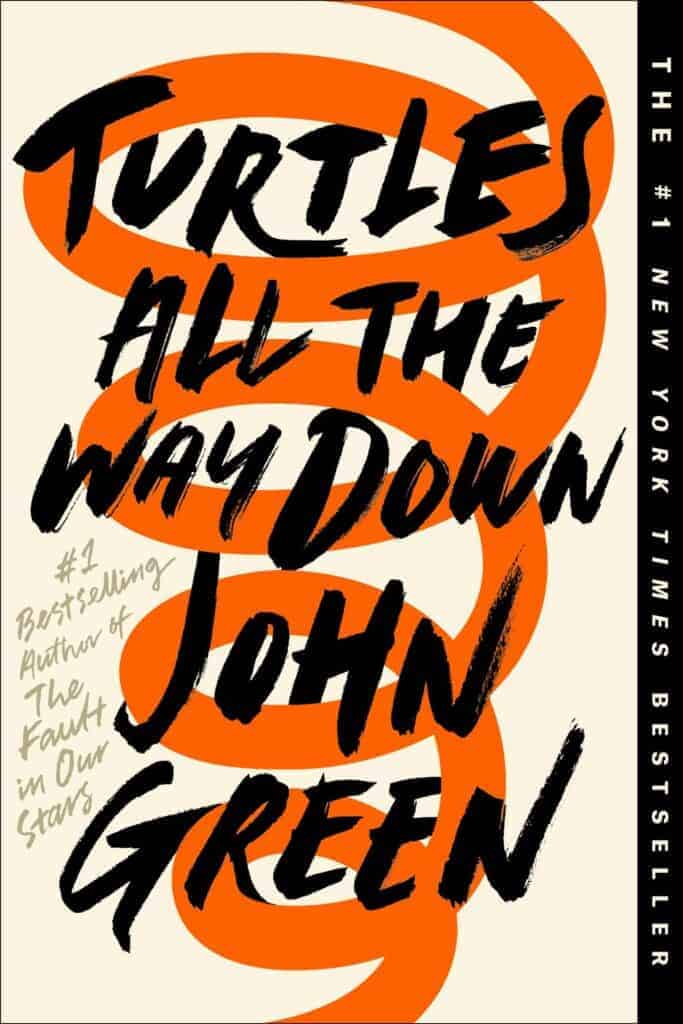
Turtles All the Way Down by John Green
OCD
YA book, ages 13+
Absolutely the best book I’ve ever read to understand what it’s like to live with OCD! It feels real because the author, John Green, deals with OCD in his own life. Not only is Aza dealing with the challenges of her brain’s loud and intrusive thoughts but she also is a teenager who is just figuring out her life while following her best friend on a missing person’s investigation.
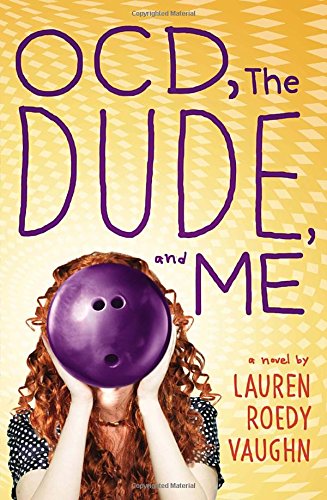
PTSD in Children’s Books
Thankfully, as mental health awareness grows, so is awareness of PTSD. These children’s books give us some idea of what it might be like for children of adults suffering from PTSD.
Did you know that EMDR was found to be very beneficial in the treatment of PTSD? Read the interesting history of how EMDR was developed in the AMAZING book, The Body Keeps the Score by Bessel van der Kolk, M.D.
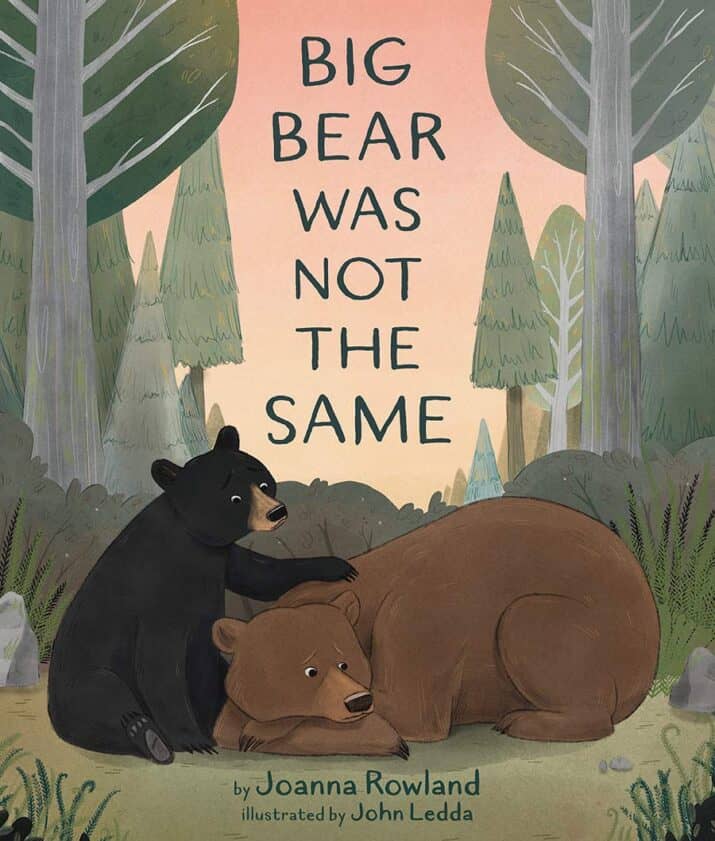
Big Bear Was Not the Same by Joanna Rowland, illustrated by John Ledda
PTSD
picture book, ages 4 – 8
This gentle story explains PTSD in a way that young children can understand–and I highly recommend it. One day Big Bear experiences a scary fire. And after that, Big Bear is not the same. He doesn’t want to climb a tree, loud noises startle him, and sometimes he makes a loud roar that frightens animals, including Little Bear. Little Bear offers to hold his hand. He reminds Big Bear that he is sorry for what happened to Big Bear and that he will always be there for him.

Eleven and Holding by Mary Penney
PTSD
middle grade chapter book, ages 9 – 12
This coming-of-age journey has 11-year old Macy longing for her father who is reportedly on a secret project for the government. She’s determined to find him and get him to return home. During this time, she and her best friend, Twee help an older woman who has a missing dog. As both plotlines progress, we learn the truth about the dog and her dad who has PTSD and a drinking problem. This is a sad but powerful story about grief, grace, and life.
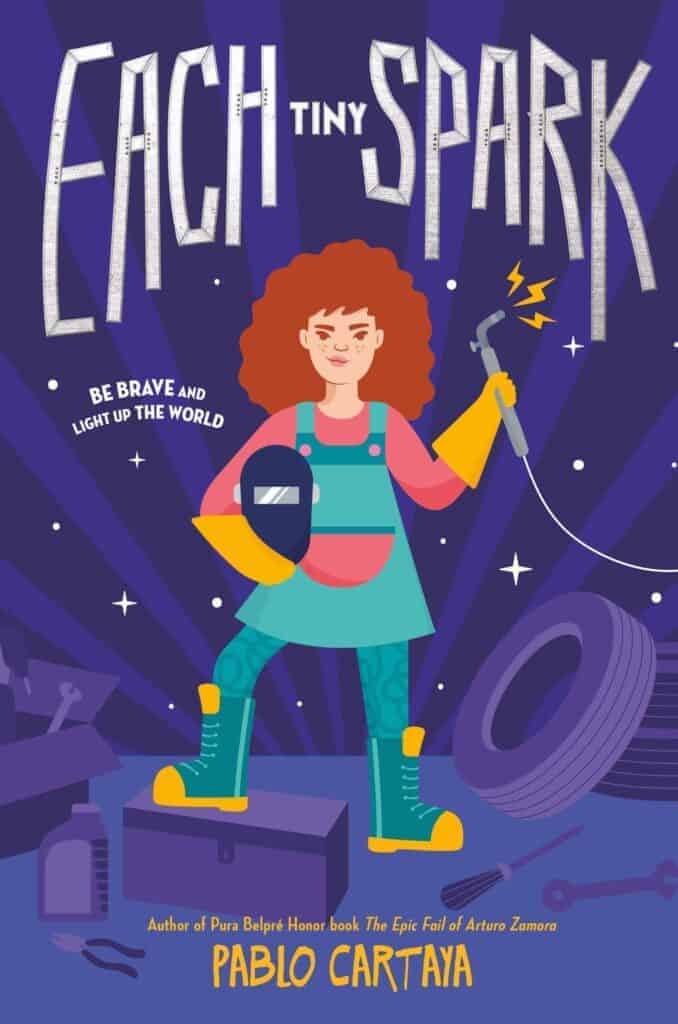
Each Tiny Spark by Pablo Cartaya
PTSD
middle grade chapter book, ages 9 – 12
Each Tiny Spark is one of the best books about mental health and learning differences that I’ve ever read. Emilia is a Cuban-America girl whose ADHD makes focusing on school and school work a challenge. Her mom helps her stay on top of her assignments but her mom leaves for a work trip, leaving Emilia on her own. During this time, the community proposes to redraw the school district’s boundary lines, exposing prejudice and ongoing injustice. Emilia initially doesn’t want to see her friend Clarissa’s racism but her best friend Gus helps her see the truth about what’s going on. She becomes a passionate activist against injustice. Meanwhile, Emilia’s father’s return from the Marines is different than before; he’s quiet and distant this time. When he invites Emilia to work on a vintage car, teaching Emilia to weld, it helps rebuild their relationship, too.
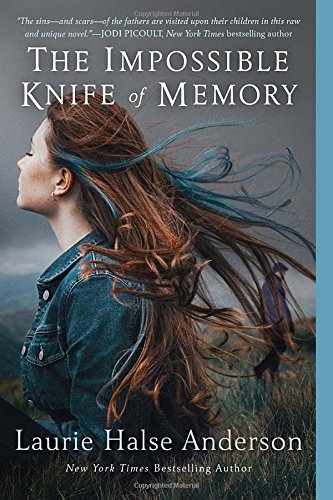
The Impossible Knife of Memory by Laurie Halse Anderson
PTSD
YA book, ages 13+
Hayley’s dad was a truck driver, but now that they’ve settled in one place, his PTSD nightmares and drinking are getting worse. She’s worried and doesn’t know what to do. I found this to be a well-written glimpse into the unpredictability of PTSD.
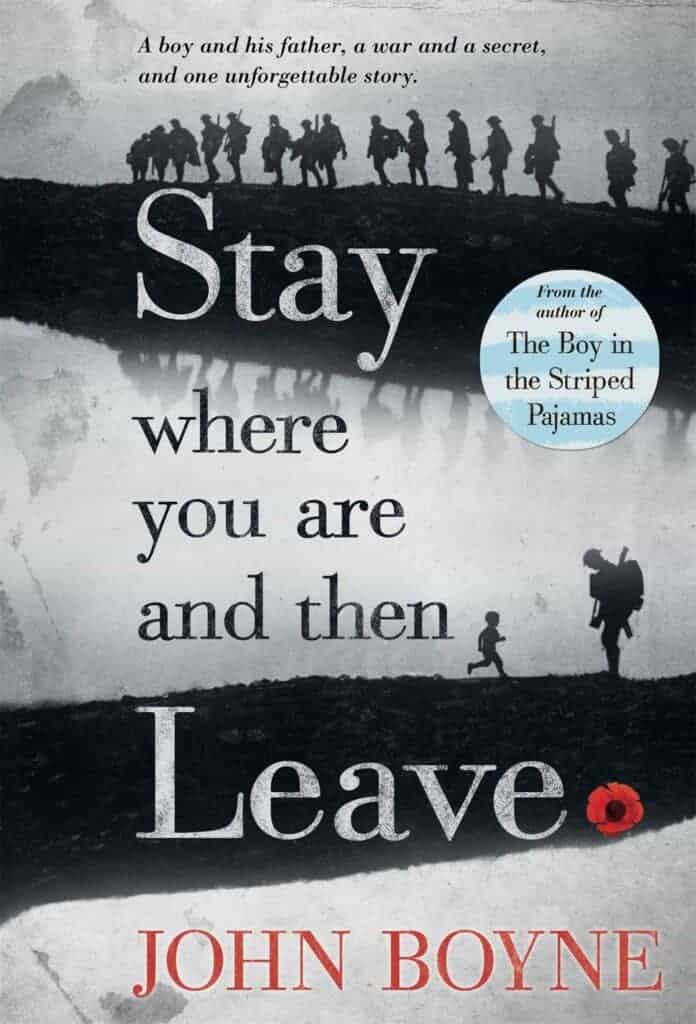
Stay Where You Are and Then Leave by John Boyne
PTSD
YA book, ages 13+
This is a historical fiction book about a boy who discovers his soldier father is in the hospital for shell shock. The boy decides to “rescue” his father, not knowing what his father is dealing with.
Schizophrenia in Children’s Books
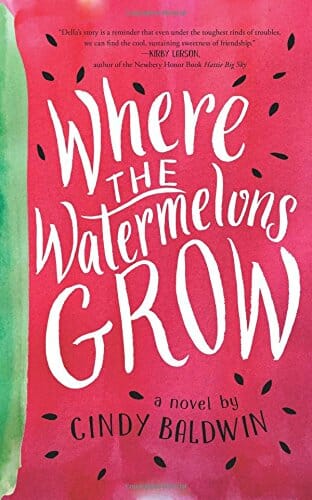
Where the Watermelons Grow by Cindy Baldwin
SCHIZOPHRENIA
middle grade book, ages 9 – 12
12-year-old Della’s mom is getting sick again– acting like she used to before she went into the mental hospital. Her dad is stressed about their farm, and Della wants to fix everything. She believes that maybe the local honey, which is reported to have healing powers will cure her mom of everything. Eventually, Della comes to a painful acceptance of her mom and her mom’s mental illness of schizophrenia. A heartbreaking and realistic journey.
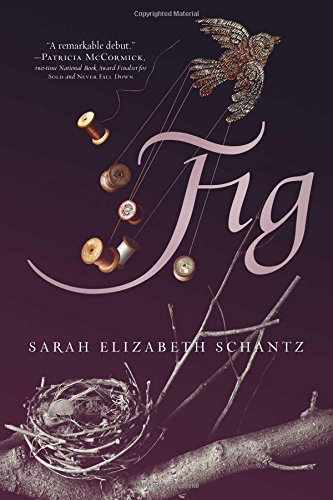
Fig by Sarah Elizabeth Schantz
SCHIZOPHRENIA / OCD
YA book, ages 13+
Her mother has schizophrenia, and Fig has her own issues with anxiety and OCD that make it hard to tell what’s real and what’s not. But Fig is sure that she can save her mother. If she just does the right things . . .
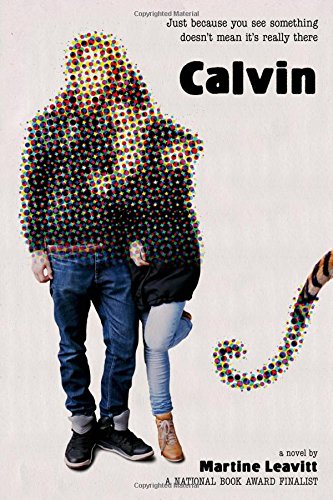
Calvin by Martine Leavitt
SCHIZOPHRENIA
YA book, ages 13+
Calvin’s a teenager with schizophrenia –including the delusion of an out-of-control Hobbes (from the comic strip Calvin and Hobbes). Now Calvin is positive that if he can just get a cartoon creator to draw one last comic strip, he will be cured of his mental illness.
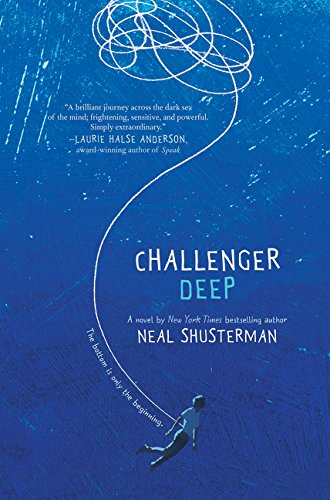
Challenger Deep by Neil Schusterman
SCHIZOPHRENIA
YA book, ages 13+
Bizarre. I got about a third of the way through and wanted to abandon this book…until I reread the blurb that it was a journey of schizoaffective disorder. That explained why none of it made much sense! It’s a very sad and powerful glimpse into the mind of what Shusterman’s own son experienced. If you want to understand the impossible-to-understand disease of Schizophrenia, this is one of the best books about mental health you’ll read.
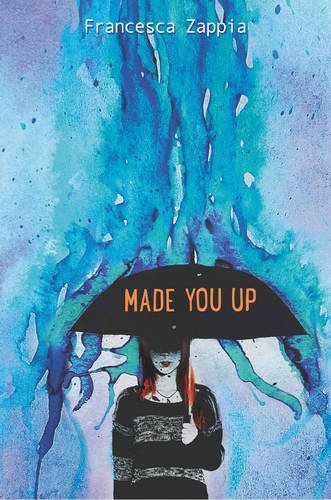
Made You Up by Francesca Zappia
SCHIZOPHRENIA
YA book, ages 13+
Alex has the mental illness of schizophrenia and is used to not knowing what’s real and what’s a delusion but she’s determined to stay sane enough to get into college. Then she sees Miles at her school and remembers him from a delusion she had 10 years before.
ALSO ABOUT PTSD: Sara and the Search for Normal by Wesley King (review above)
Other Children’s Books About Mental Health
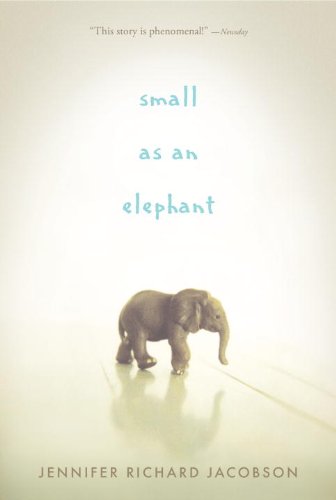
Small as an Elephant by Jennifer Richard Jacobson
MENTAL ILLNESS (not specified)
middle grade book, ages 9 – 12
Jack’s mom isn’t like other moms — she sometimes is wild and energetic and sometimes she forgets him. Like when she leaves him at Acadia National Park. He starts walking to Boston with hopes that he can figure things out on his own before social services do. This powerful chapter book shows Jack’s resilience and love for his mother, no matter what.
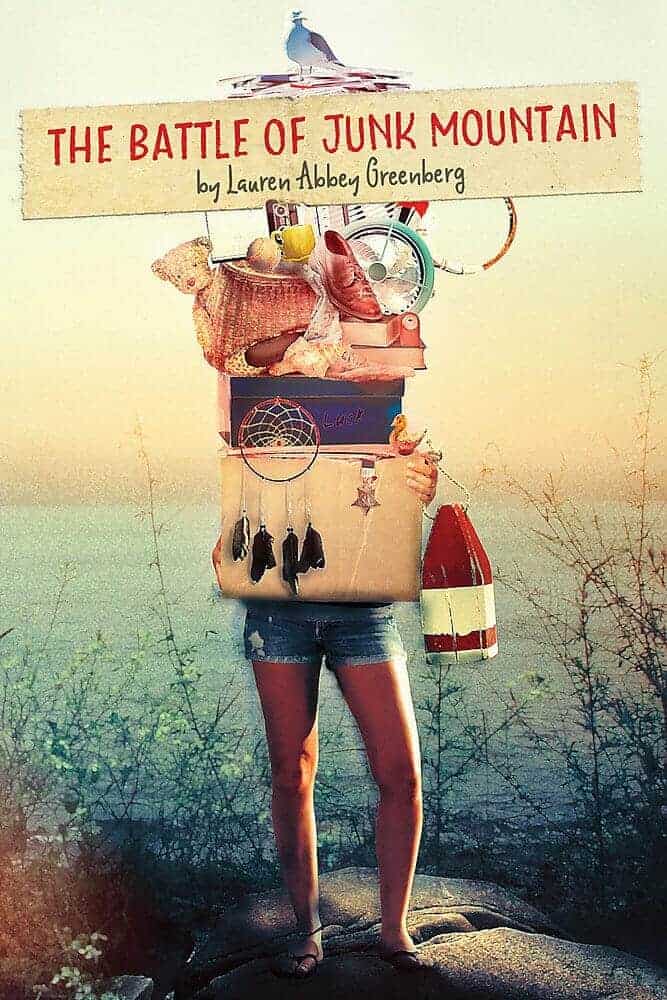
The Battle of Junk Mountain by Lauren Abbey Greenberg
HOARDING
middle grade book, ages 9 – 12
The summer is different than Shayne expected. Her BFF is acting weird. Her grandma, Bea, is supposed to be cleaning out her junk piles but she refuses to part with anything. And there’s an unusual, visiting neighbor kid who always wears a Civil War uniform that Shayne’s spending time with. The author does a respectful job of addressing the mental illness of hoarding as well as the challenges of growing up. Enjoyable and enlightening.
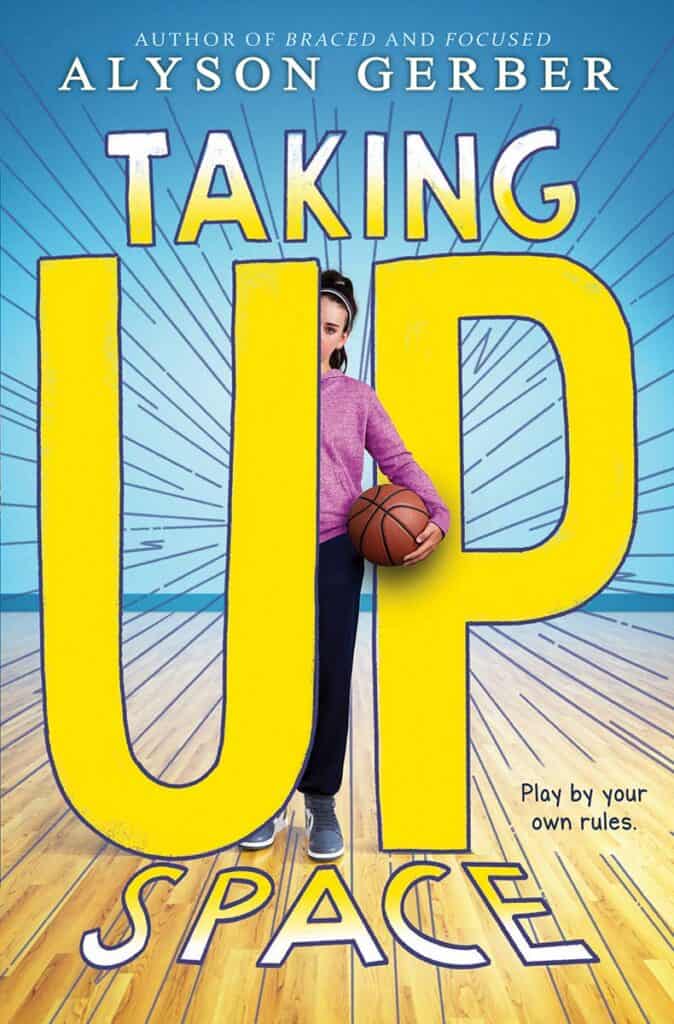
Taking Up Space by Alyson Gerber
BODY DYSMORPHIA & DISORDERED EATING
middle grade book, ages 9 – 12
Sarah’s mom’s dysfunctional relationship with food is affecting Sarah– who now thinks that her slowness in basketball is related to eating too much or too many “unhealthy” foods, instead of being from the normal growing pains of puberty. She’s confused, starving herself, and stressed out. (Her mom has HUGE food issues — she doesn’t buy food, often forgets to feed Sarah, gives Sarah passive-aggressive, incorrect messages on what being healthy means, and binges on hidden candy around the house.) Finally, a friend pushes Sarah to get help…and, help is just what Sarah needs to understand the truth about her body, what health truly is, and how her mom’s disordered eating has affected her. Girls and boys need this book — they need to know that body image issues and eating disorders happen to other kids, too, that puberty changes their body, and there is NO shame in getting help.
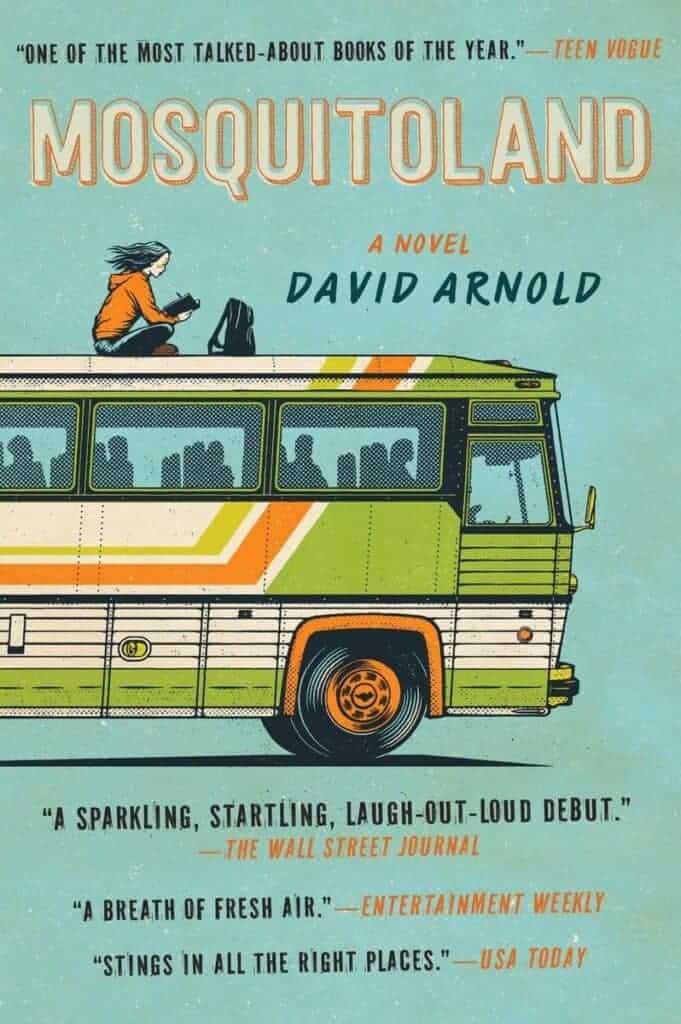
Mosquitoland by David Arnold
MENTAL ILLNESS
YA book, ages 13+
I couldn’t put this book down — it’s got everything: a great plot, excellent writing, and memorable characters. Of course, we aren’t sure our narrator, Mim, is reliable. We’re with her on a journey to help her mom who has been out of touch and has a disease. During her trip, we learn that Mim is supposed to be taking pills for psychosis and start to wonder if anything she’s telling us is real. Then we start to suspect that her mom might not have a physical disease . . . It’s a skillfully done young adult book that explores the disorientation when you have a mental illness.
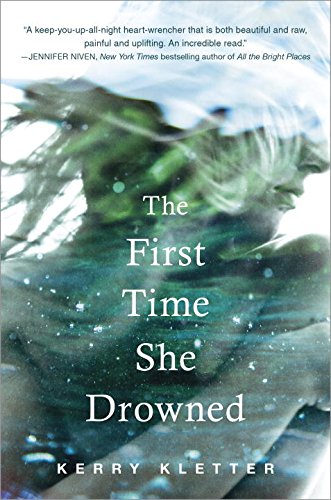
The First Time She Drowned by Kelly Kletter
UNDEFINED MENTAL ILLNESS / TOXIC RELATIONSHIPS
YA book, ages 13+
Now that she’s 18, Cassie can leave the mental health institution where she’s been for over 2 years. She starts college, but just as she’s beginning a new, healthy life, her toxic mother starts destroying her mental health again. (I hated her mom! And yes, this book is about mental health. Narcissism is a mental illness and in the DSM.)
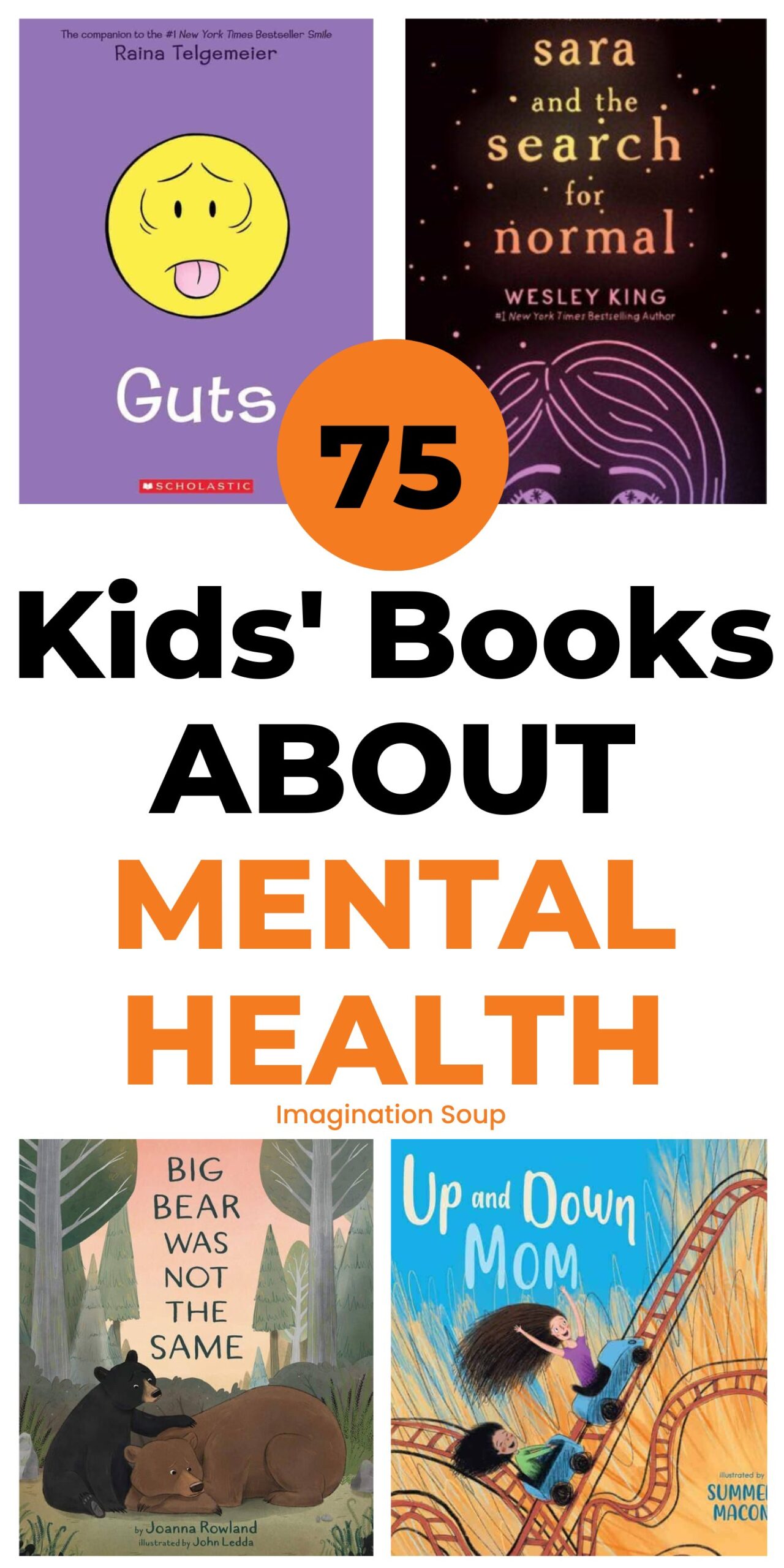
Children’s Books About Physical Differences
How Anxiety, Sensory Processing, and Food Pickiness Changed For My Kids (and Me)
Learning Differences in Children’s Books
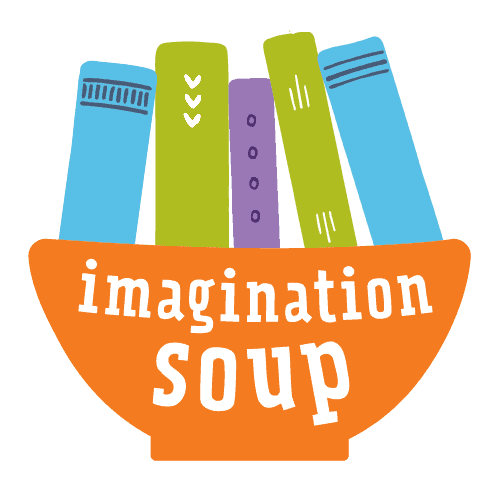
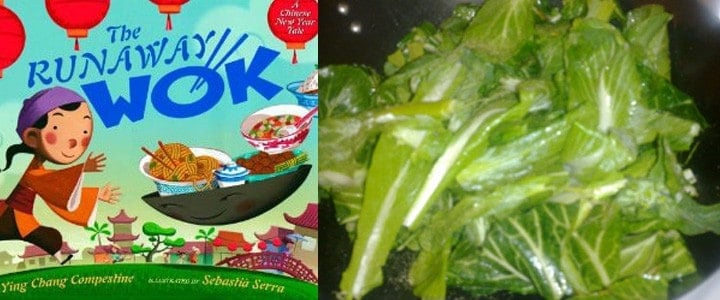
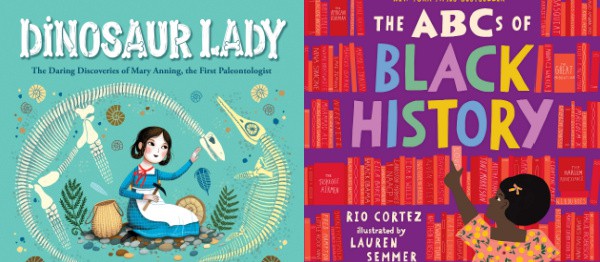
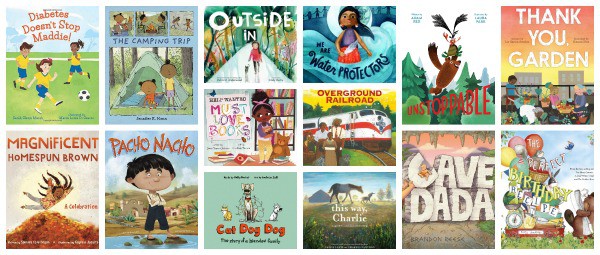
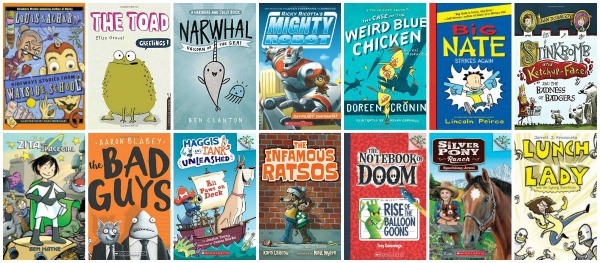
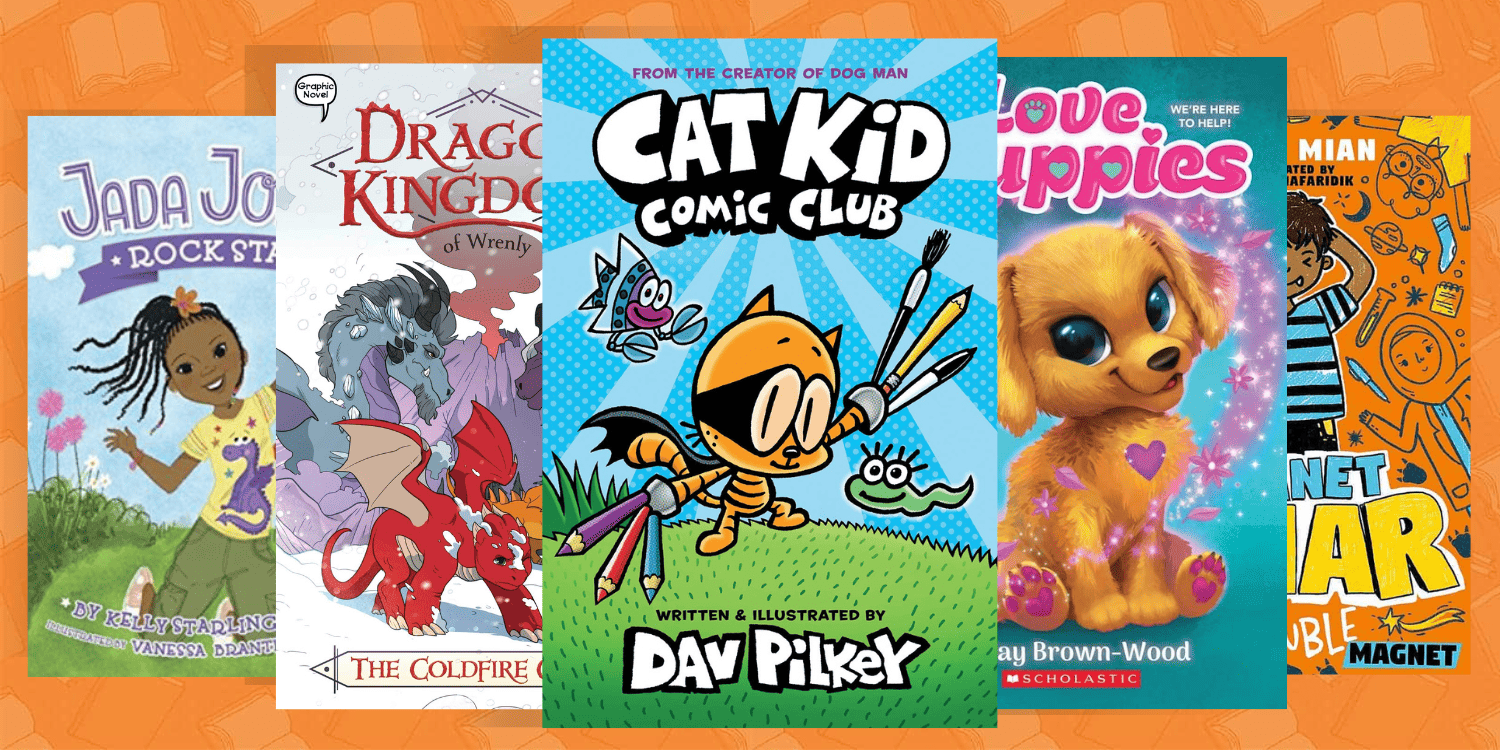
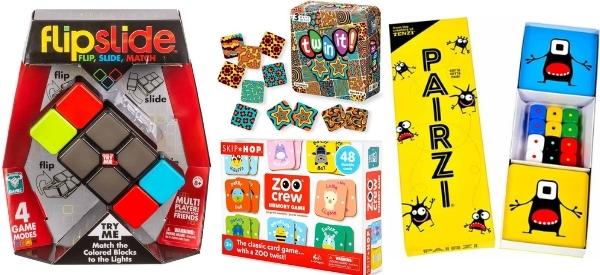
Thank you so much for this! I wanted to get some books for a little one and this is great.
Hi Melissa, Excellent site! Incredibly helpful. Thanks for all the effort you have put into it.
I was wondering if you would consider adding my books. I have written extensively on Asperger Syndrome and Autism, ADHD and more recently, Anxiety. My books are available world wide and have won many awards. I have translations into 16 languages. You can read about them at http://www.kathyhoopmann.com
My most popular books are:
Non Fiction for kids:
All Cats Have Asperger Syndrome
All Dogs Have ASDHD
Inside Asperger’s Looking Out
All Birds Have Anxiety
Fiction: (Chapter Books)
Blue Bottle Mystery (Asperger Syndrome) (also as a graphic novel)
Lisa and the Lacemaker (Asperger Syndrome) (also as a graphic novel)
Of Mice and Aliens (Asperger Syndrome)
Haze (Asperger Syndrome)
Elemental Island (Asperger Syndrome)
The Secret Science Society’s Spectacular Experiemtn (ADHD, ASD, Anxiety)
With warm wishes,
Kathy
Oh, my goodness — you’re amazing! And have given me a huge pile of books to read. Thank you. I will get started ASAP!
Kathy, YES! Can you email me? Melissa@imagintionsoup.net.
My friend wrote a very cute children’s book named ‘Ramonet, the Trilingusl Dog” to help fight the stigma of schizophrenia and help children understand those with mental illness.
It is a great book!
https://www.amazon.com/gp/aw/d/148971376X/ref=tmm_pap_title_0?ie=UTF8&qid=1534014634&sr=1-1-spell